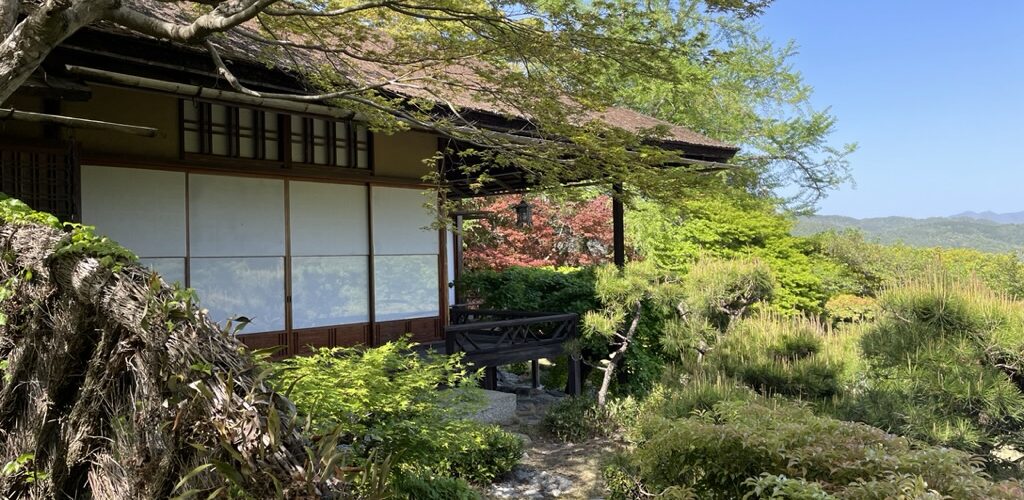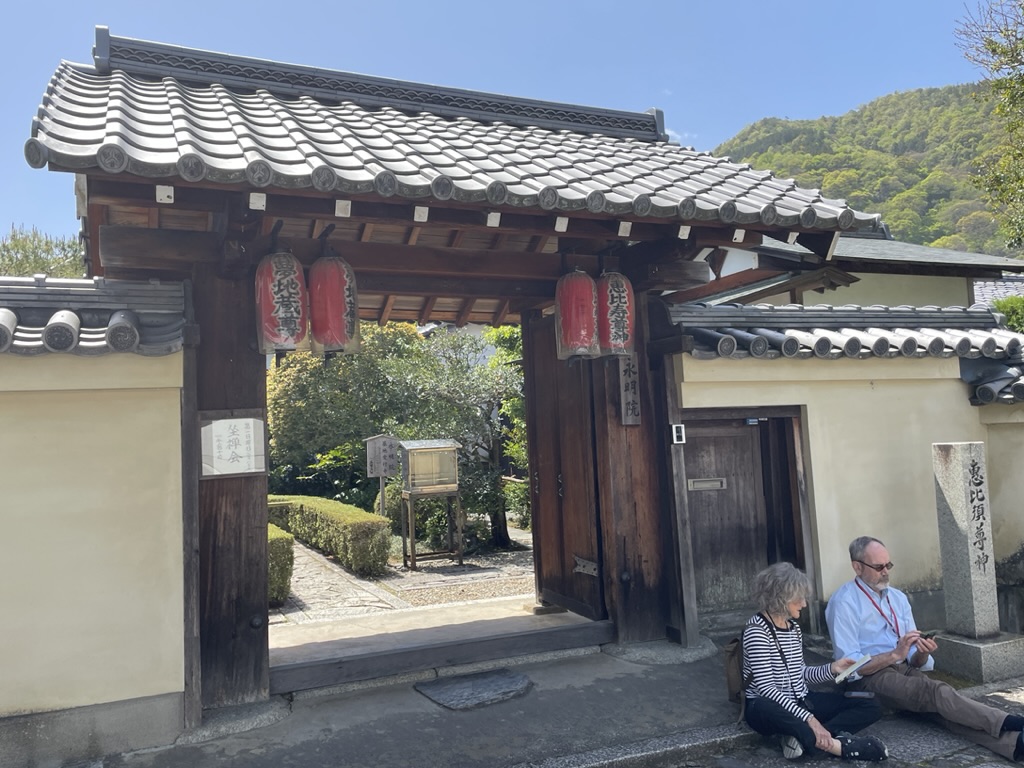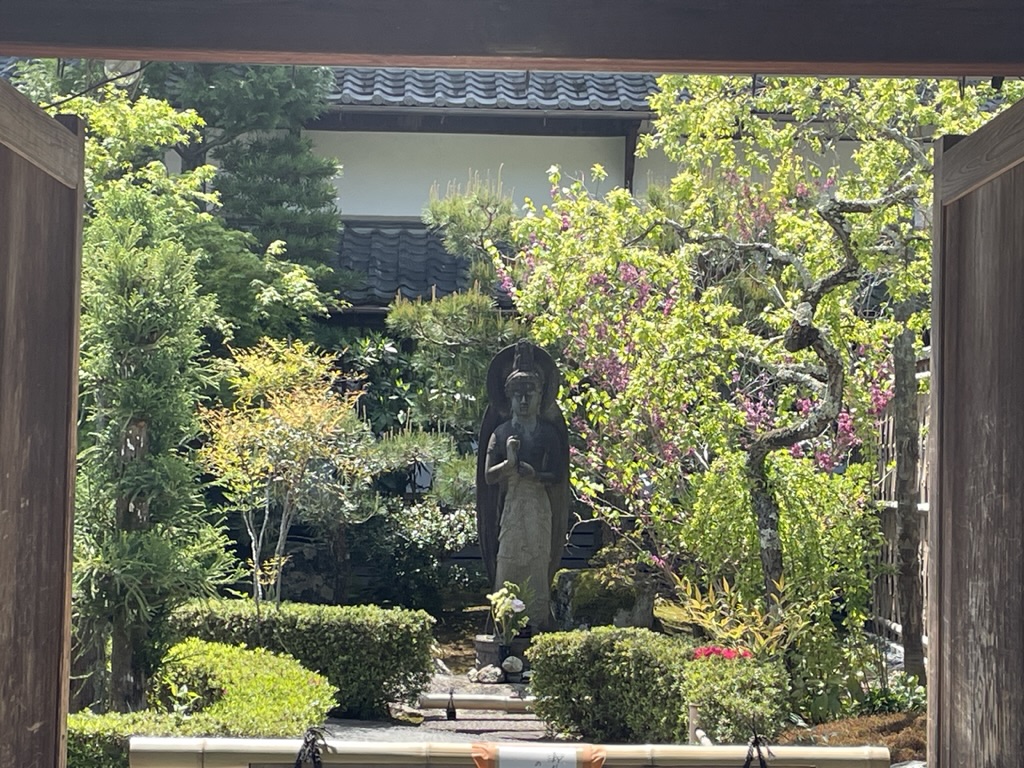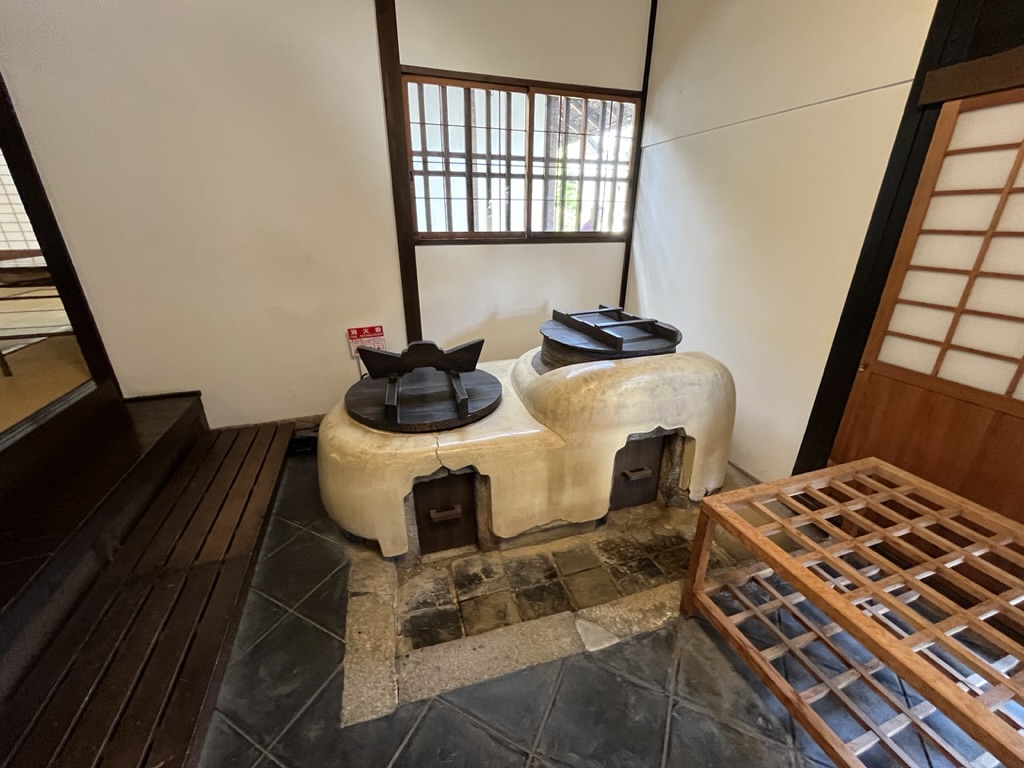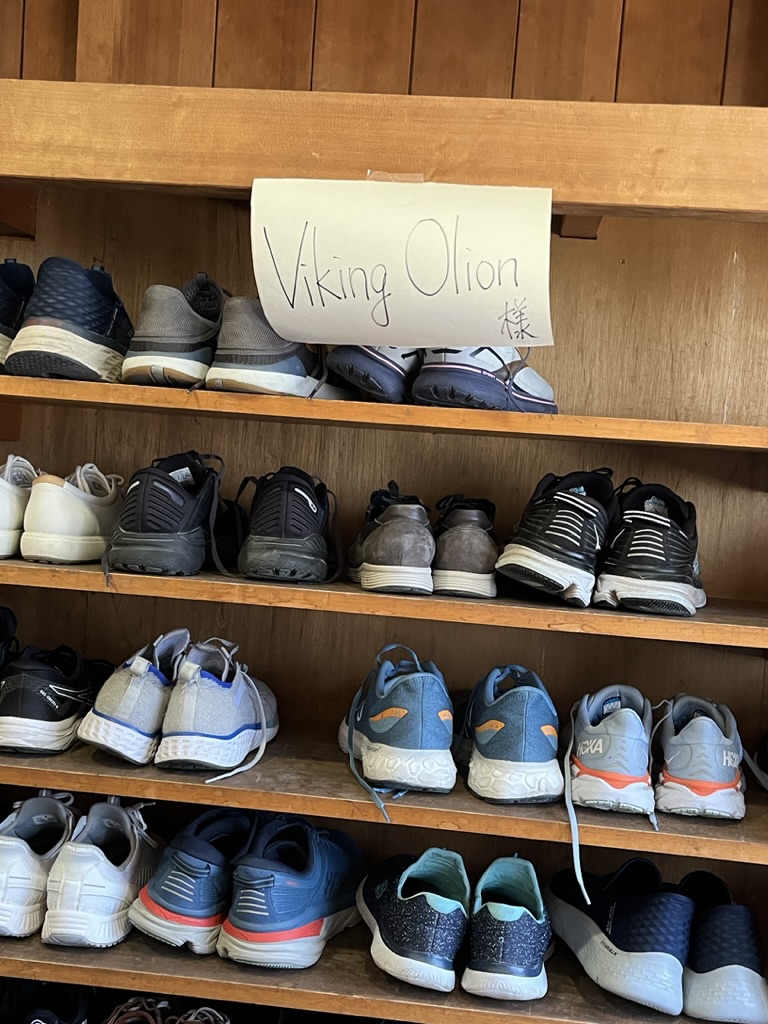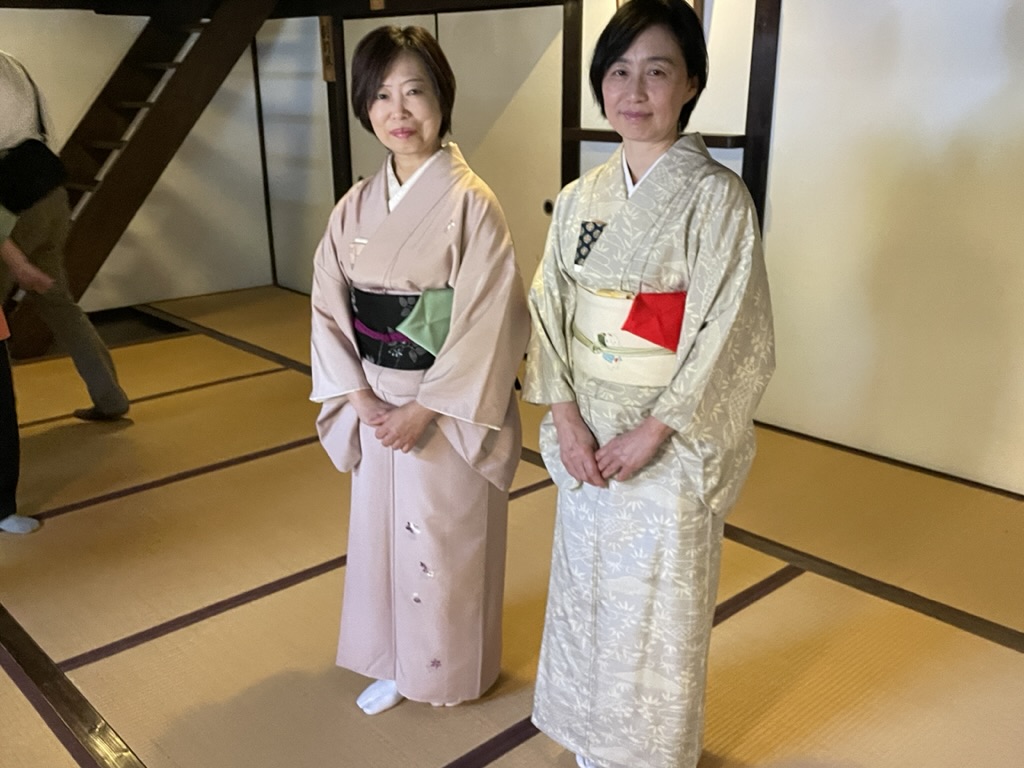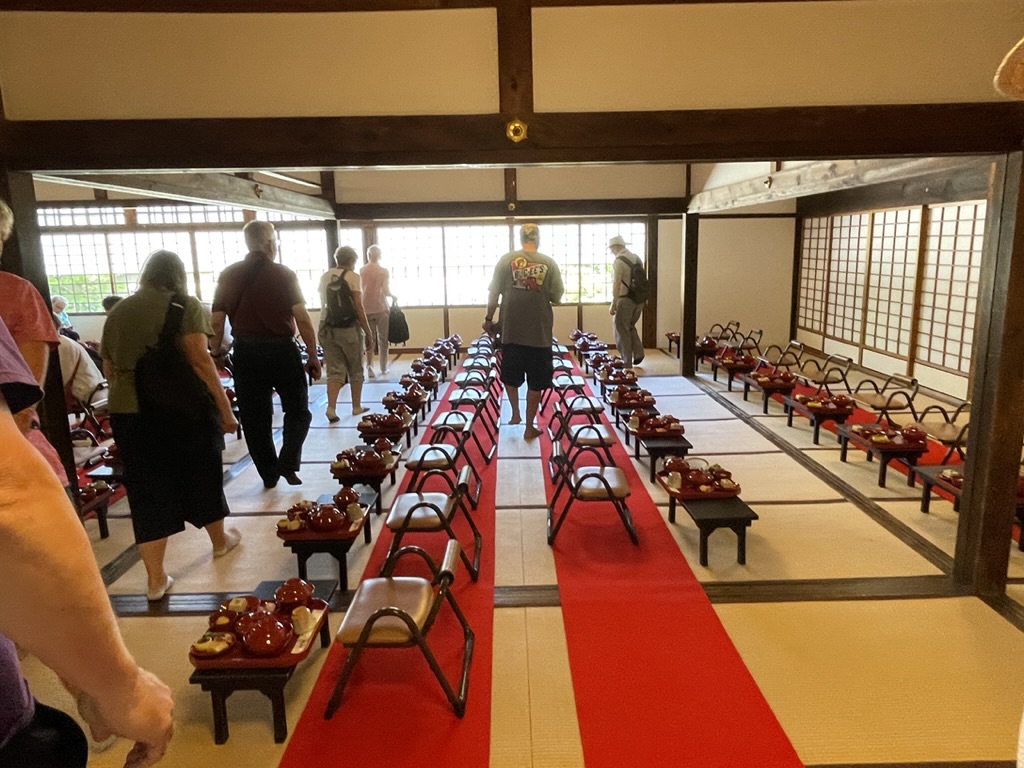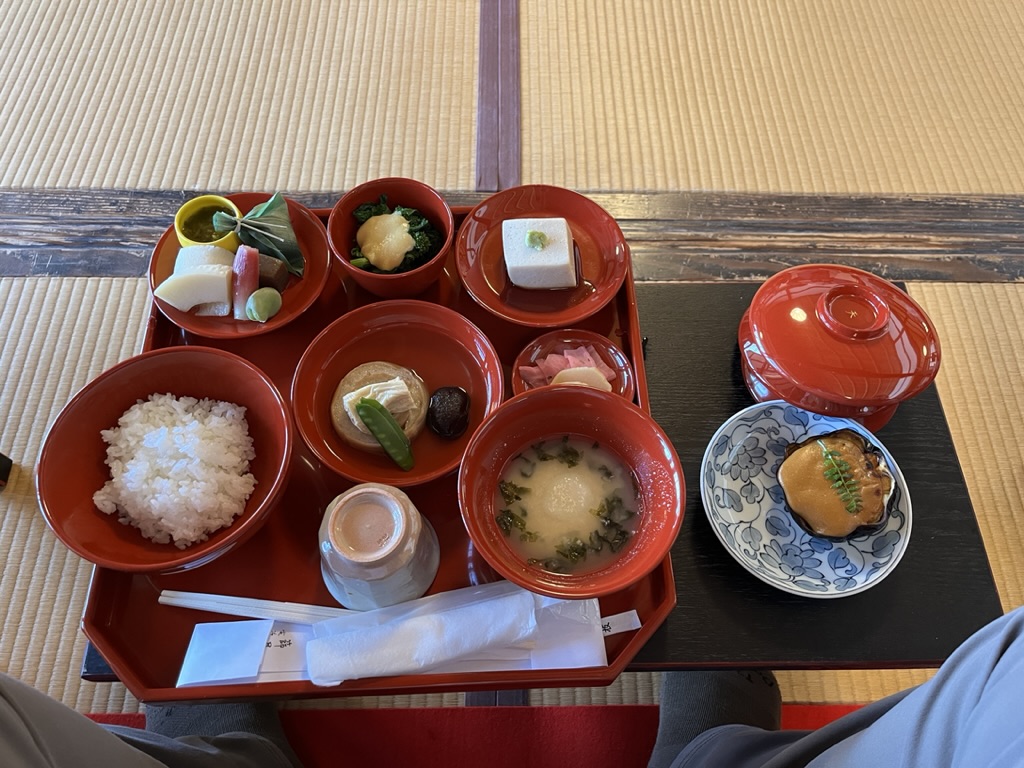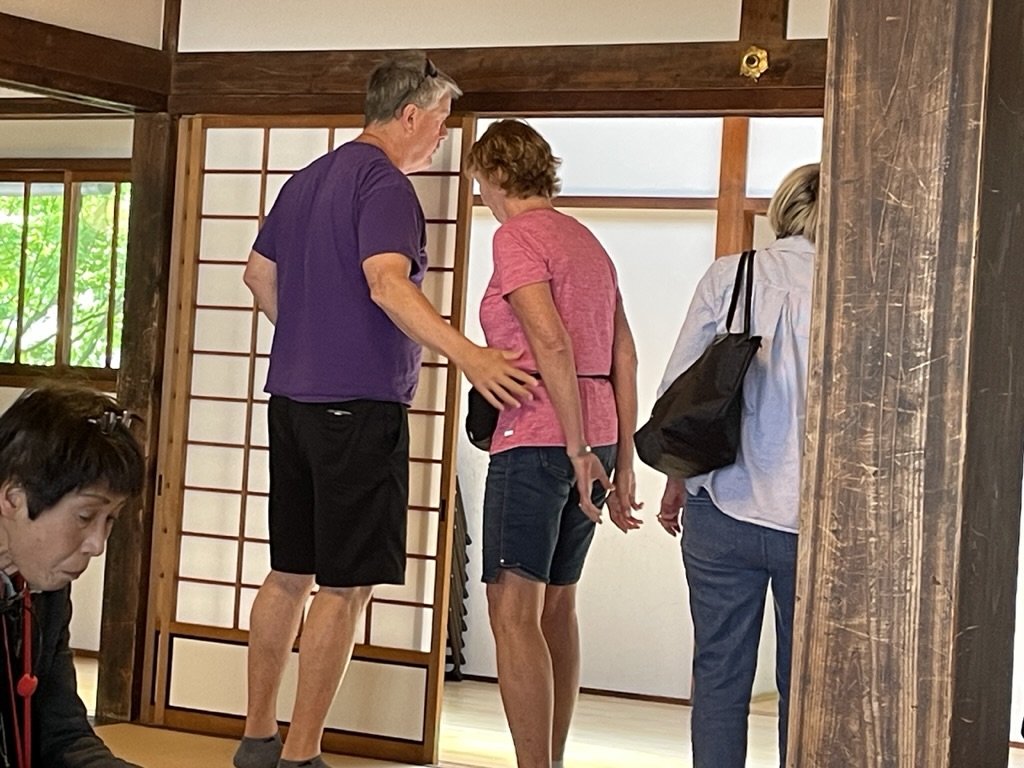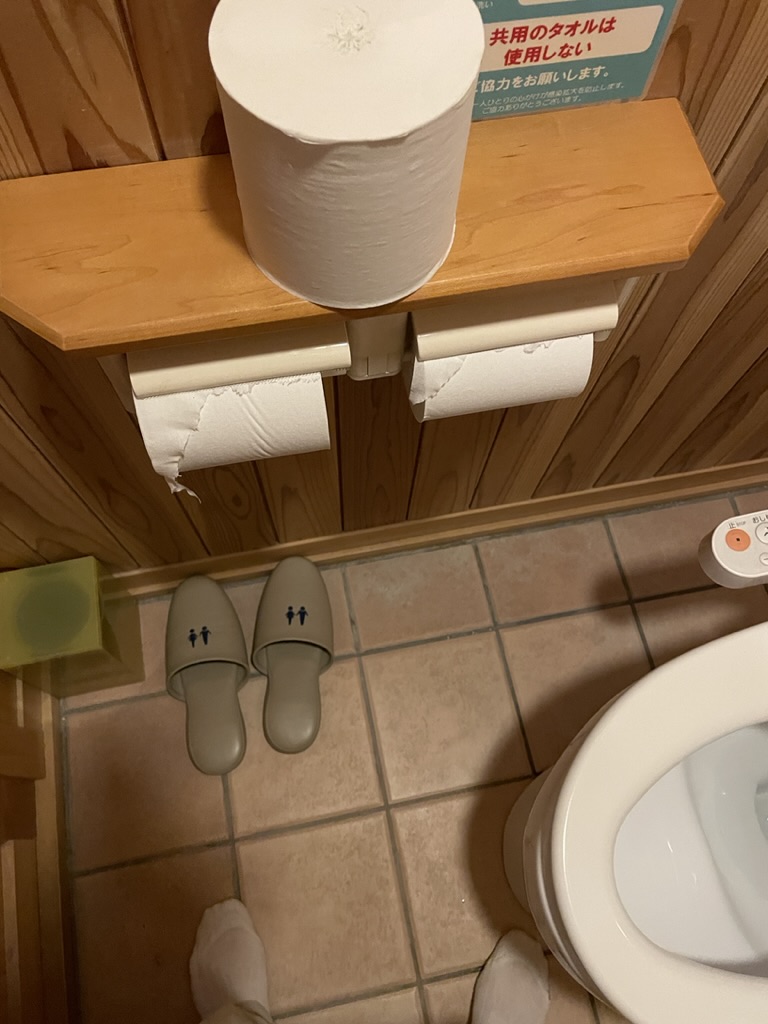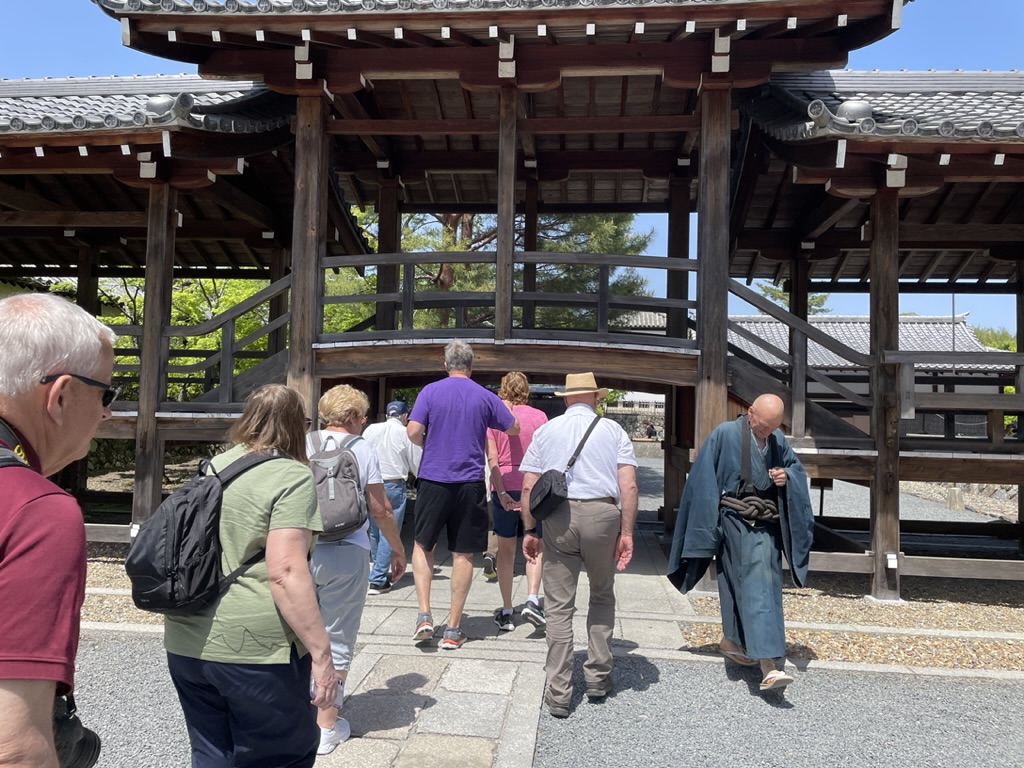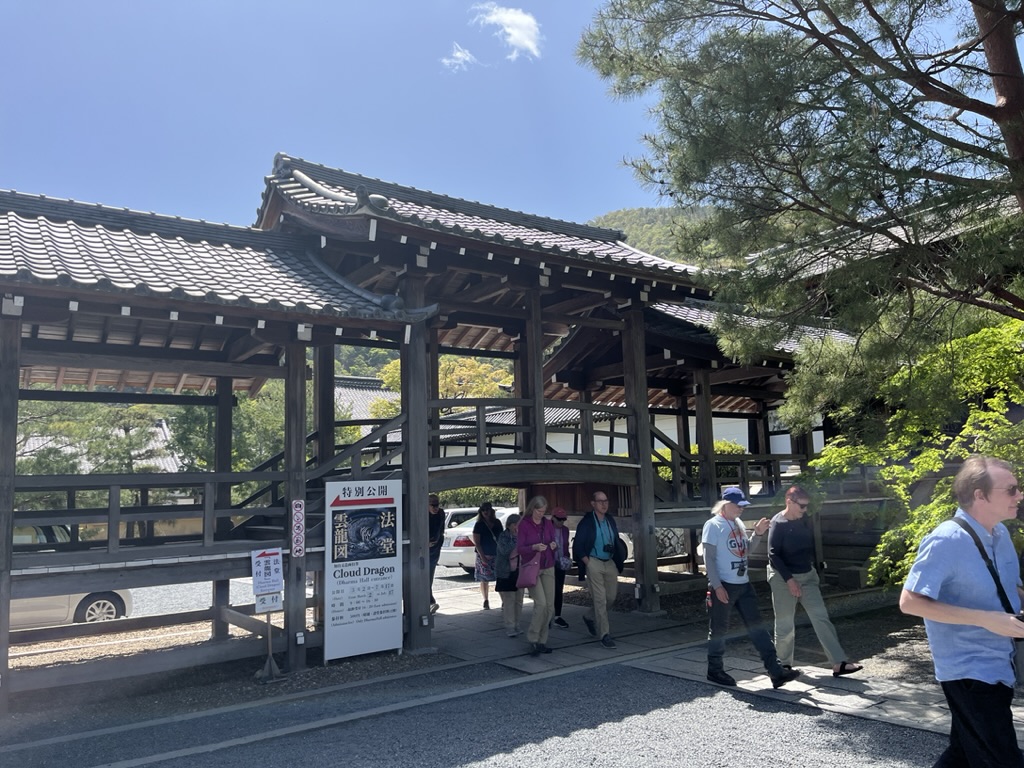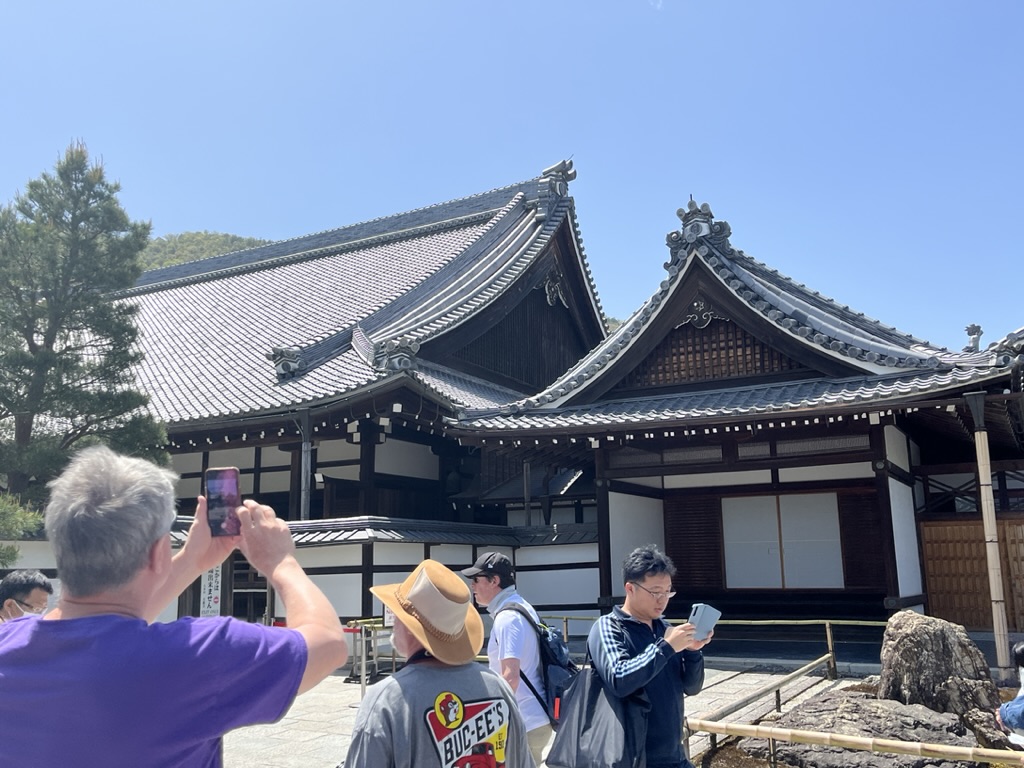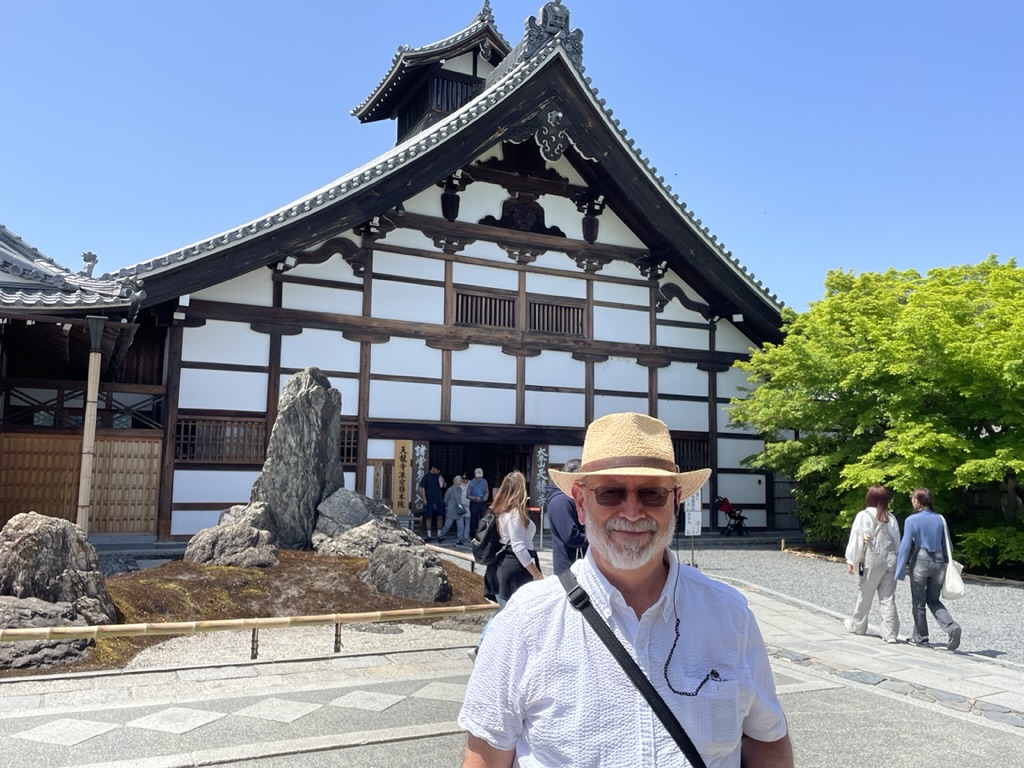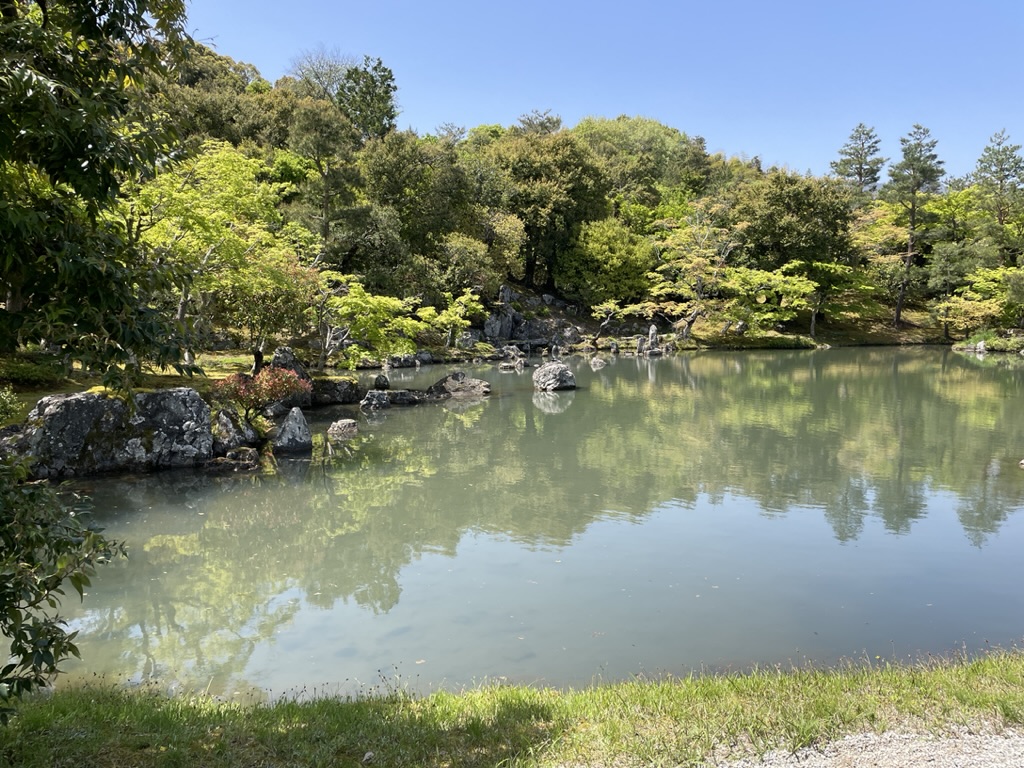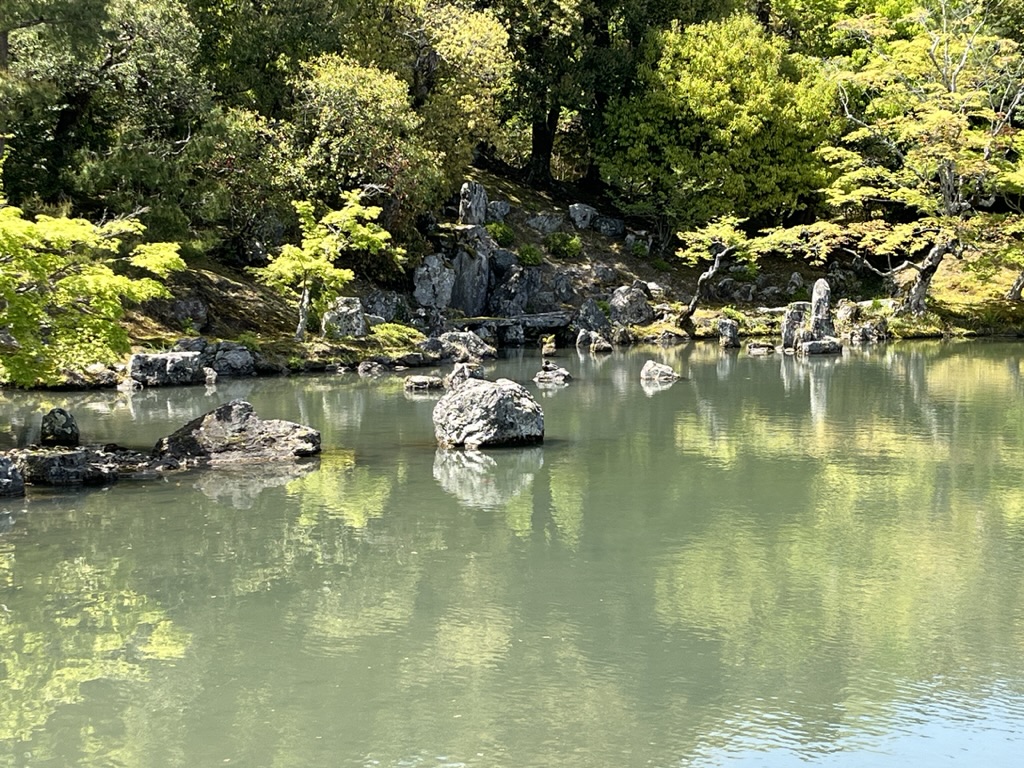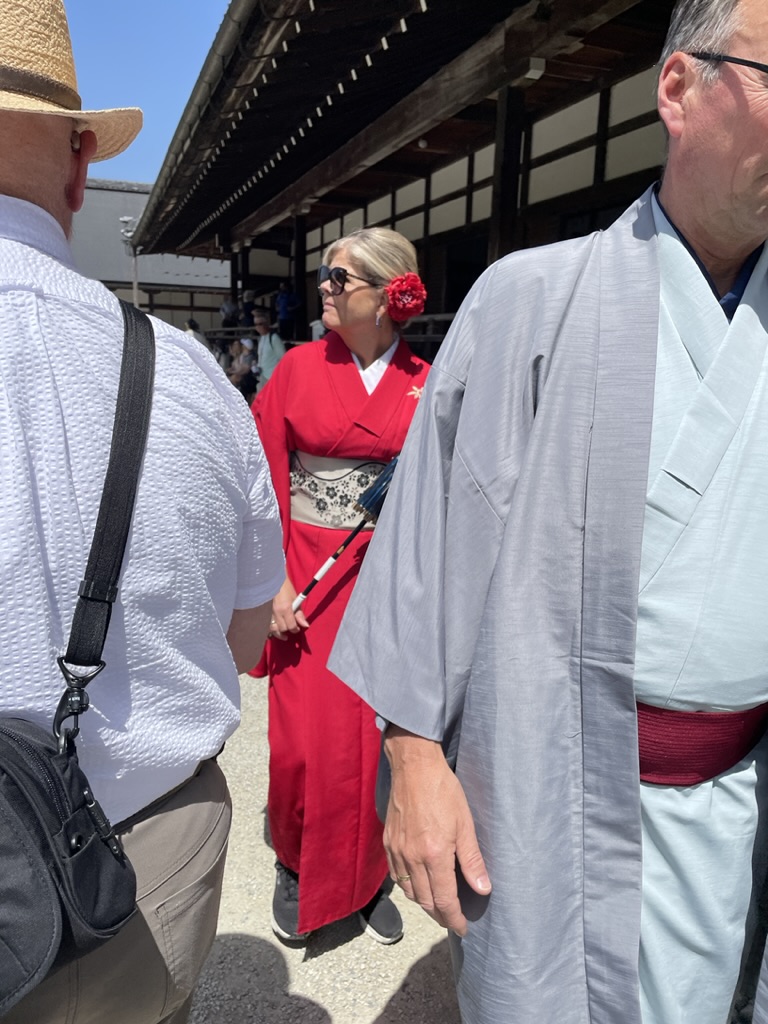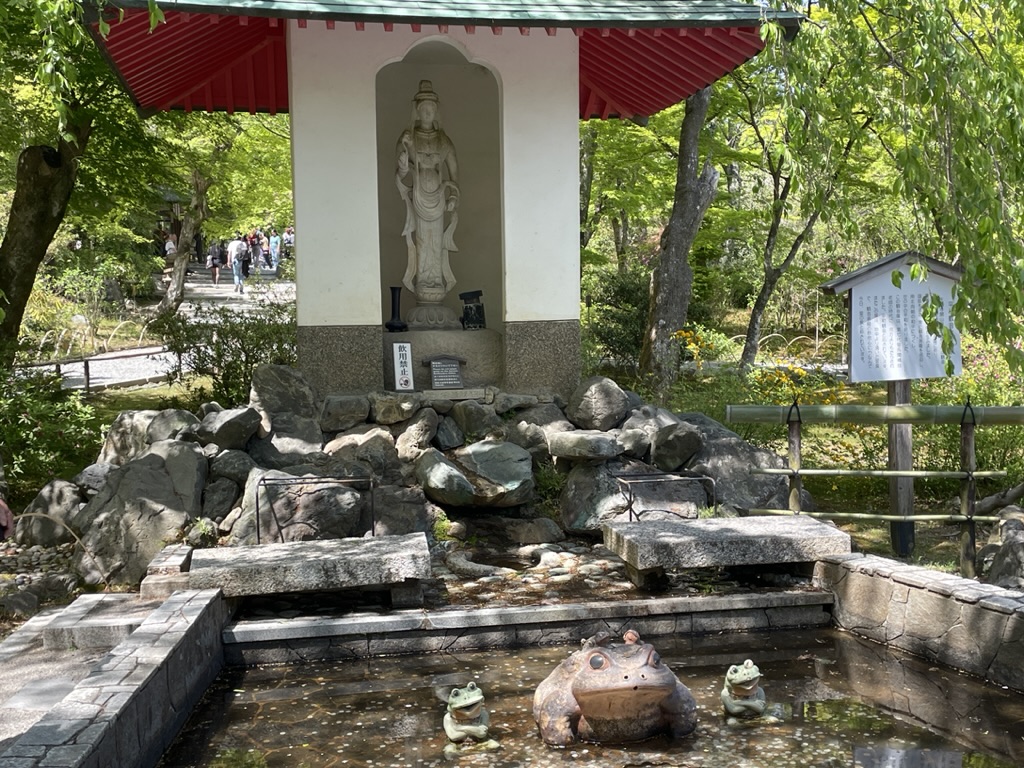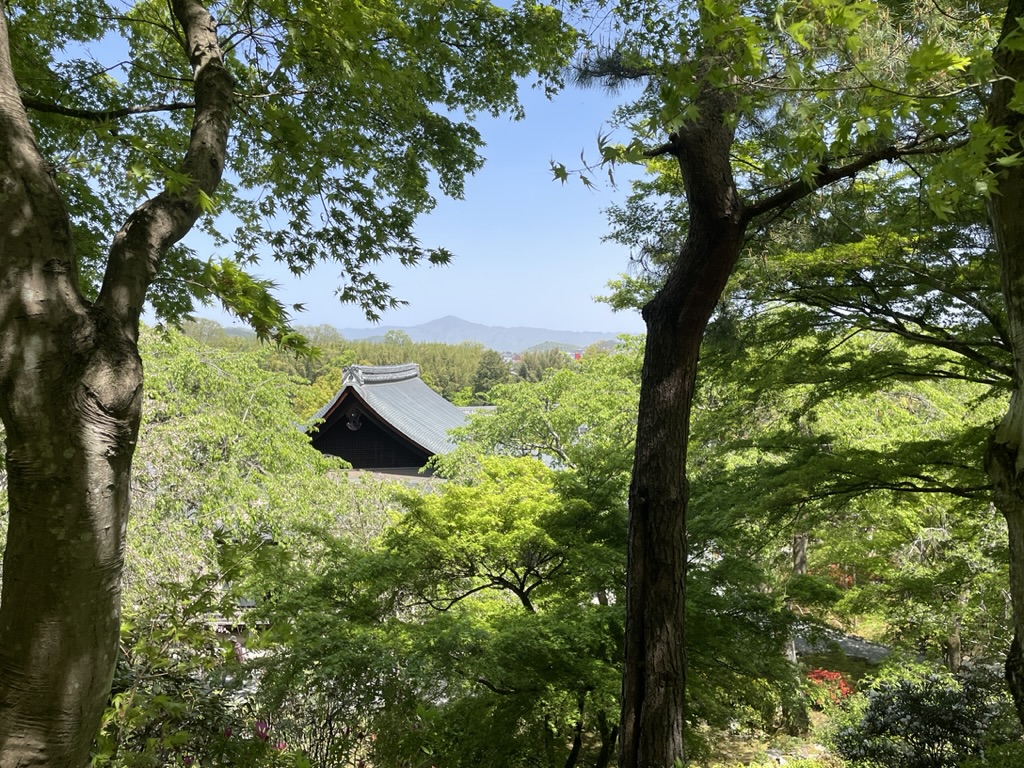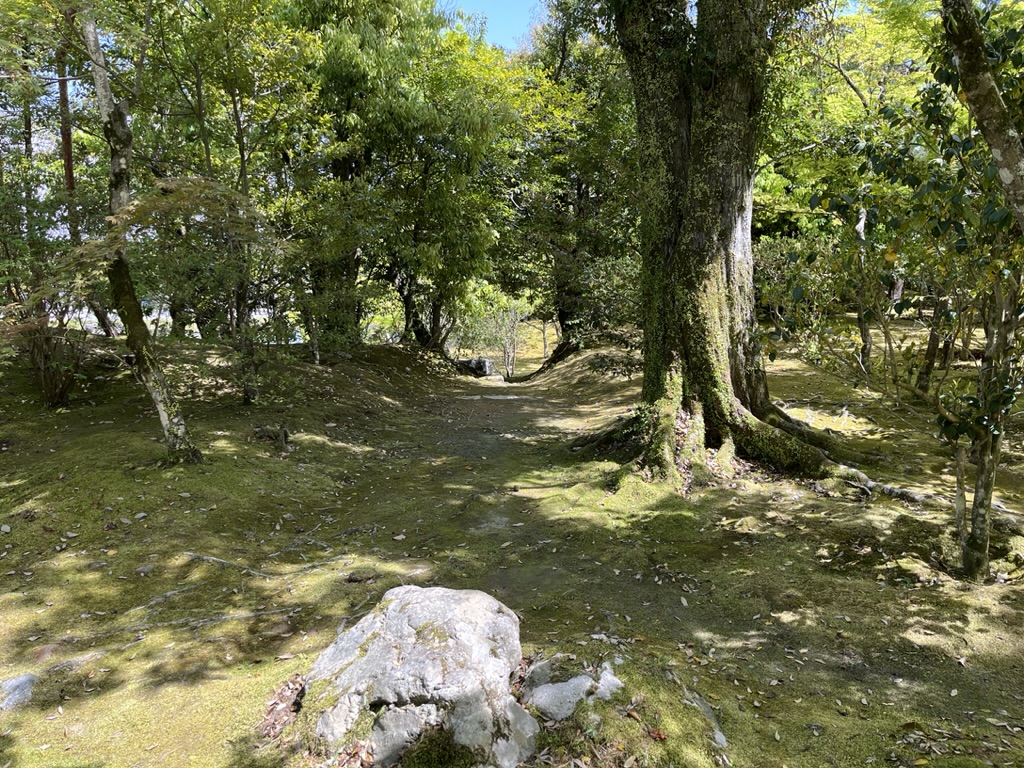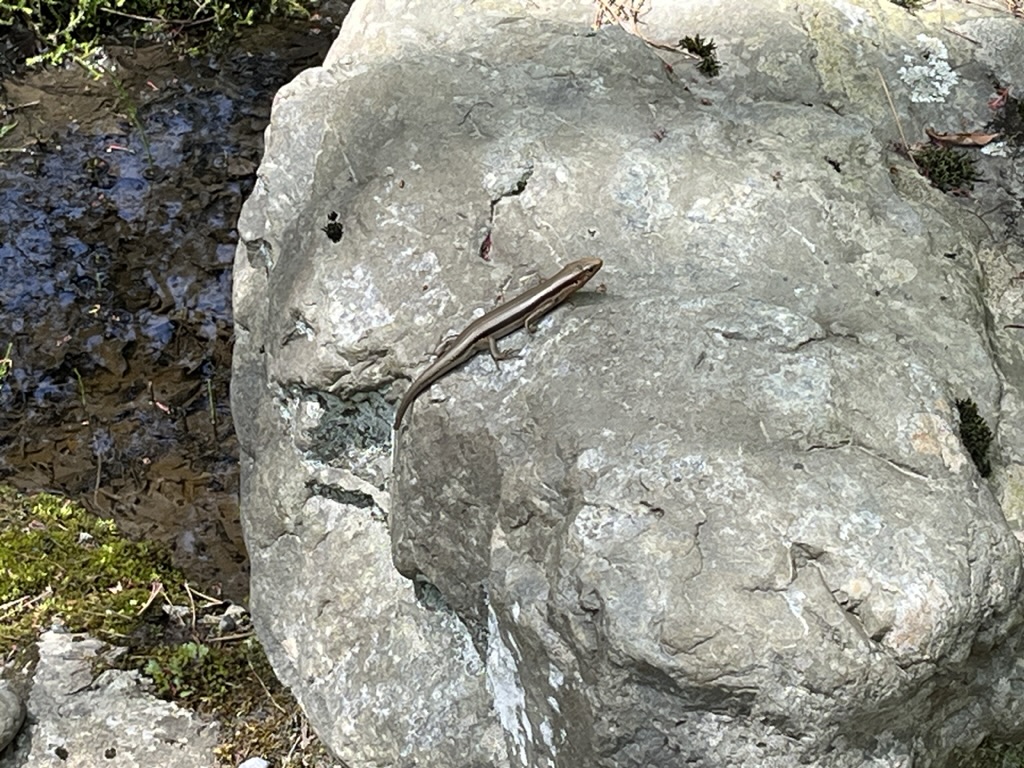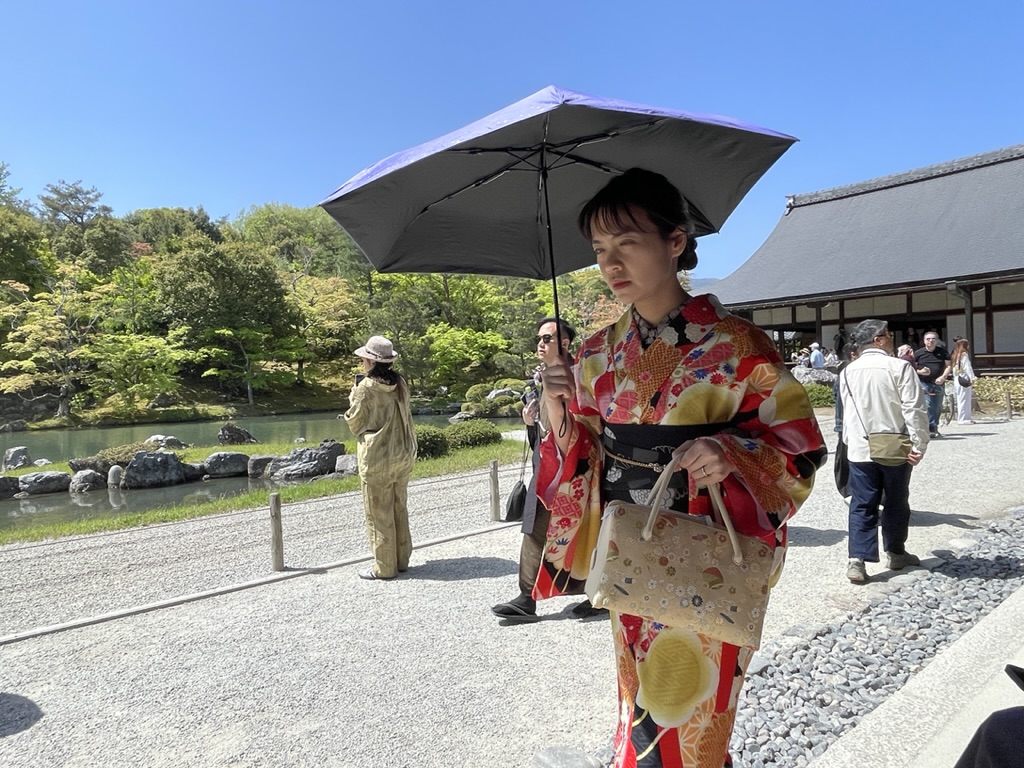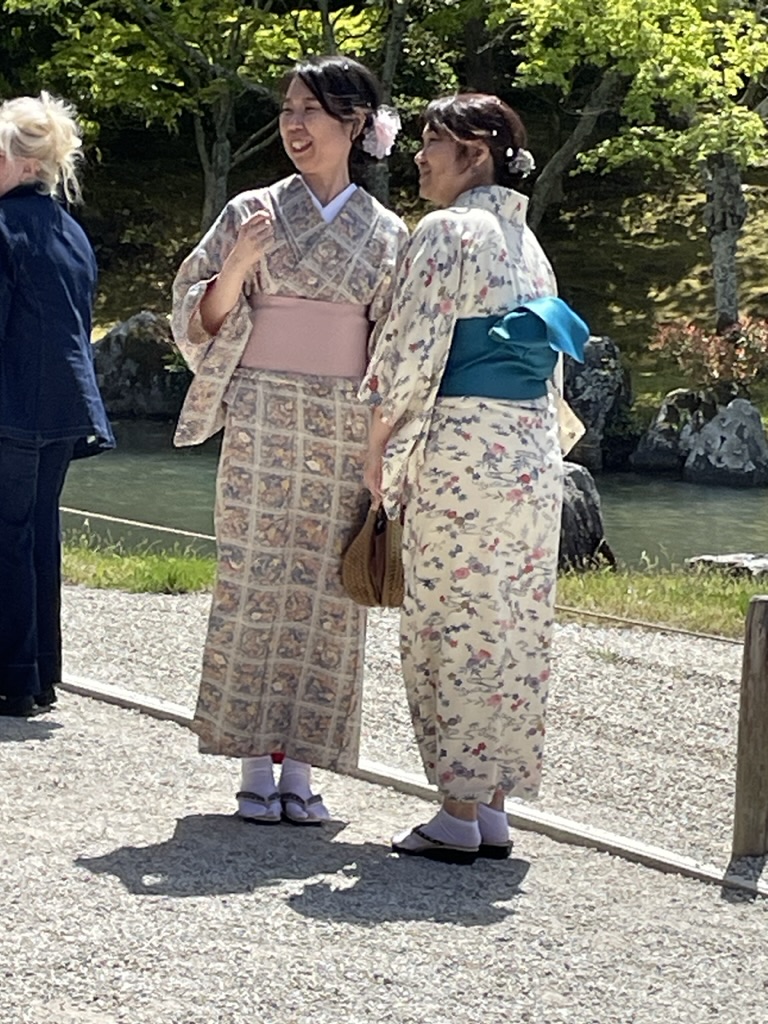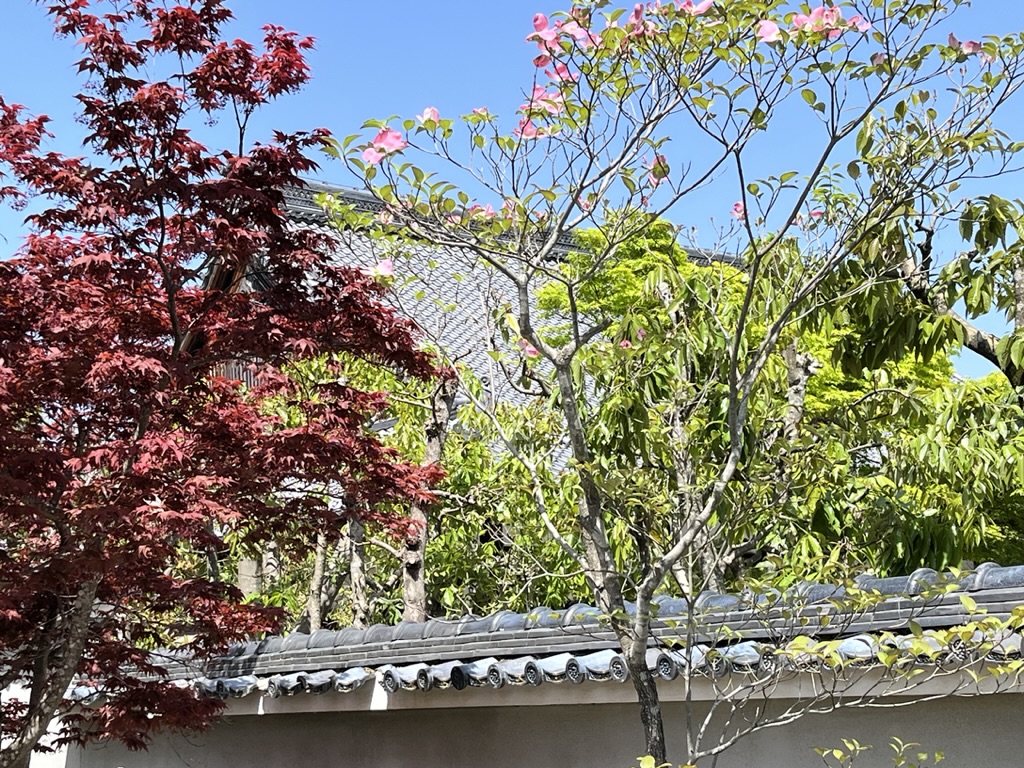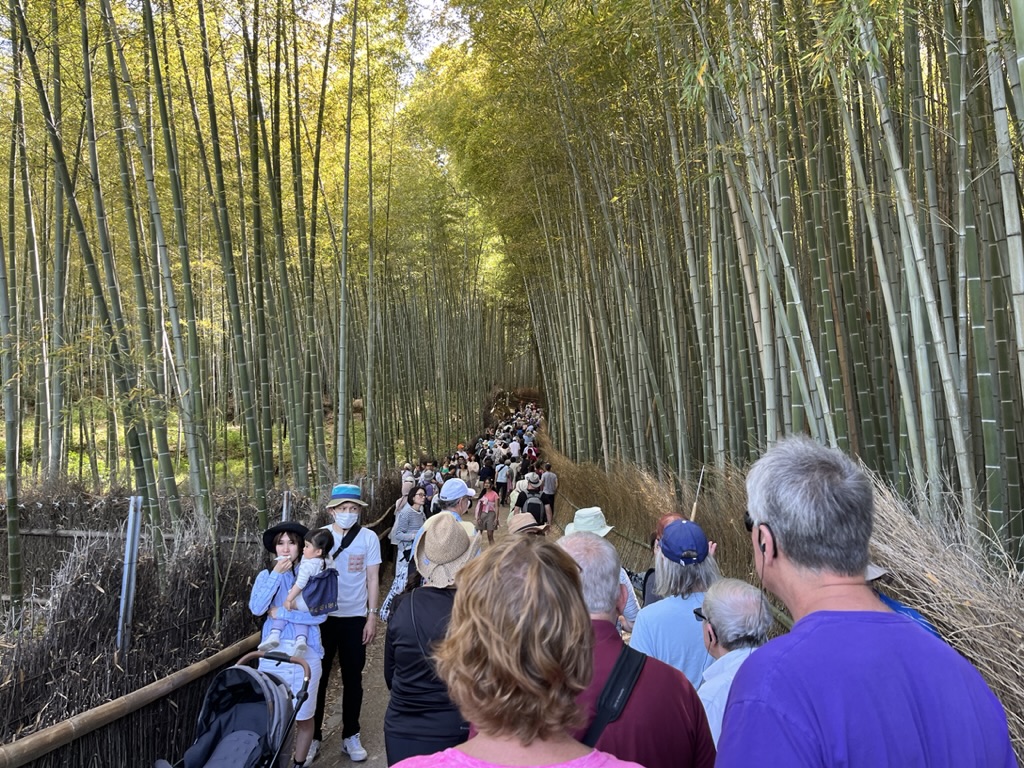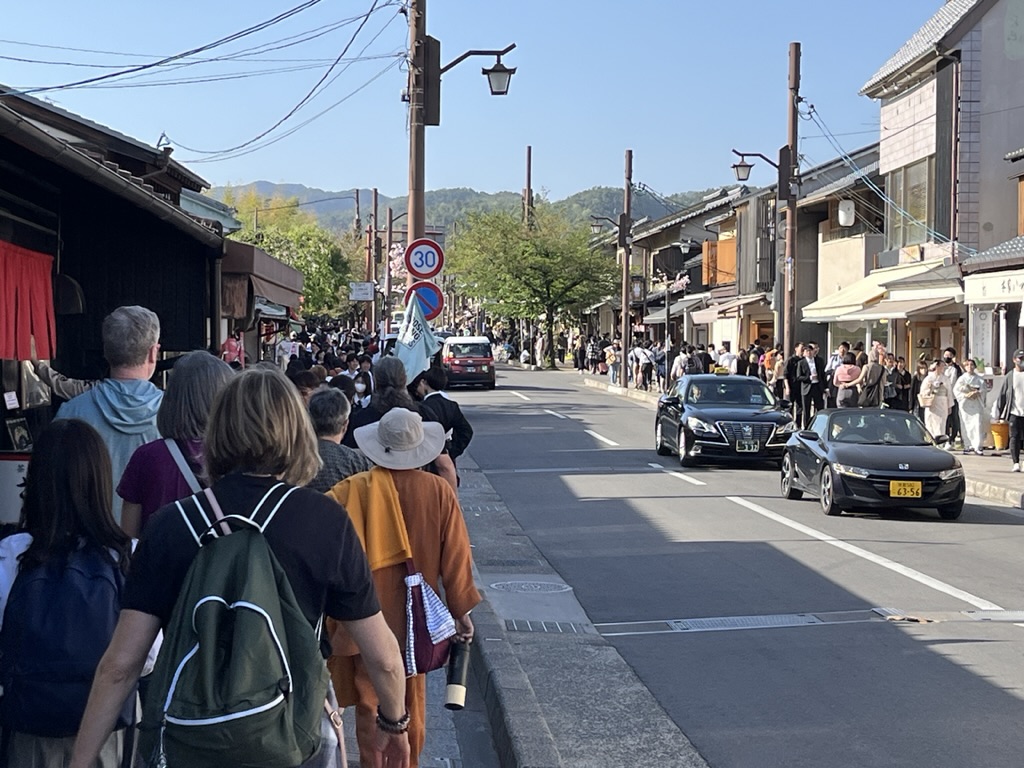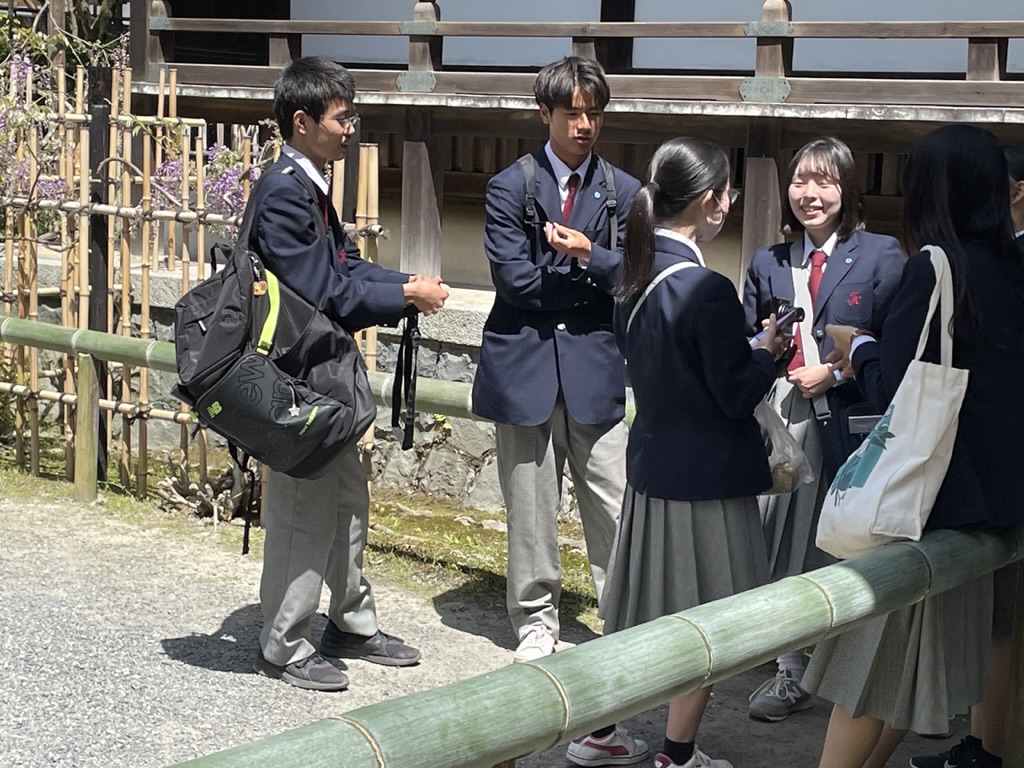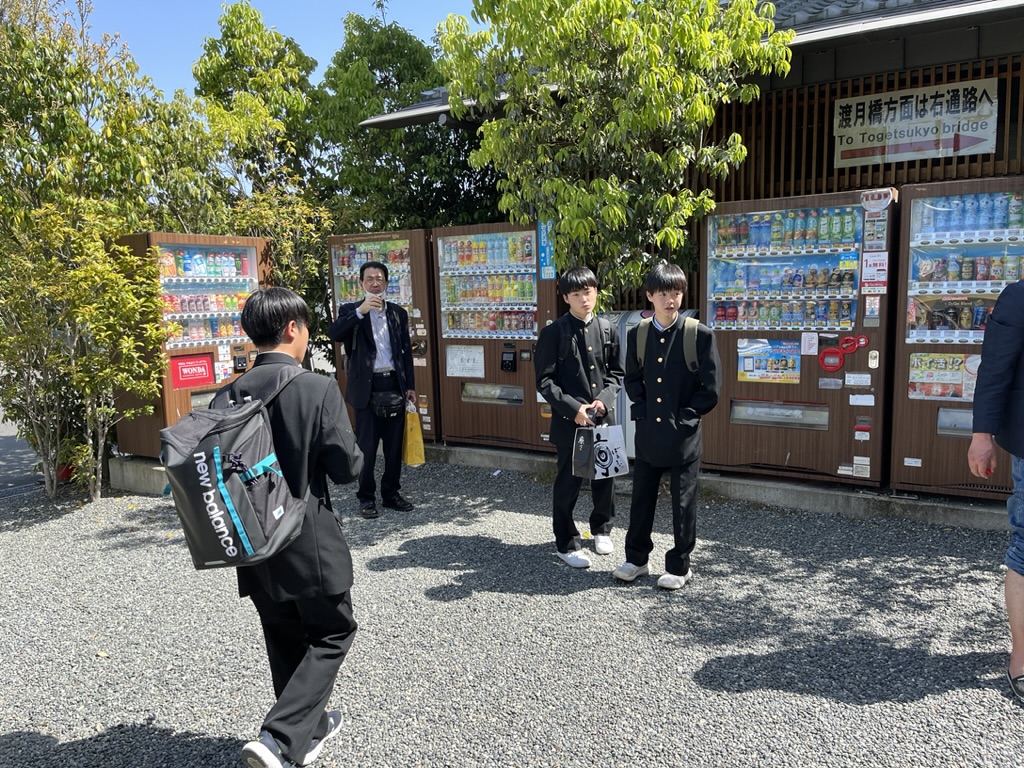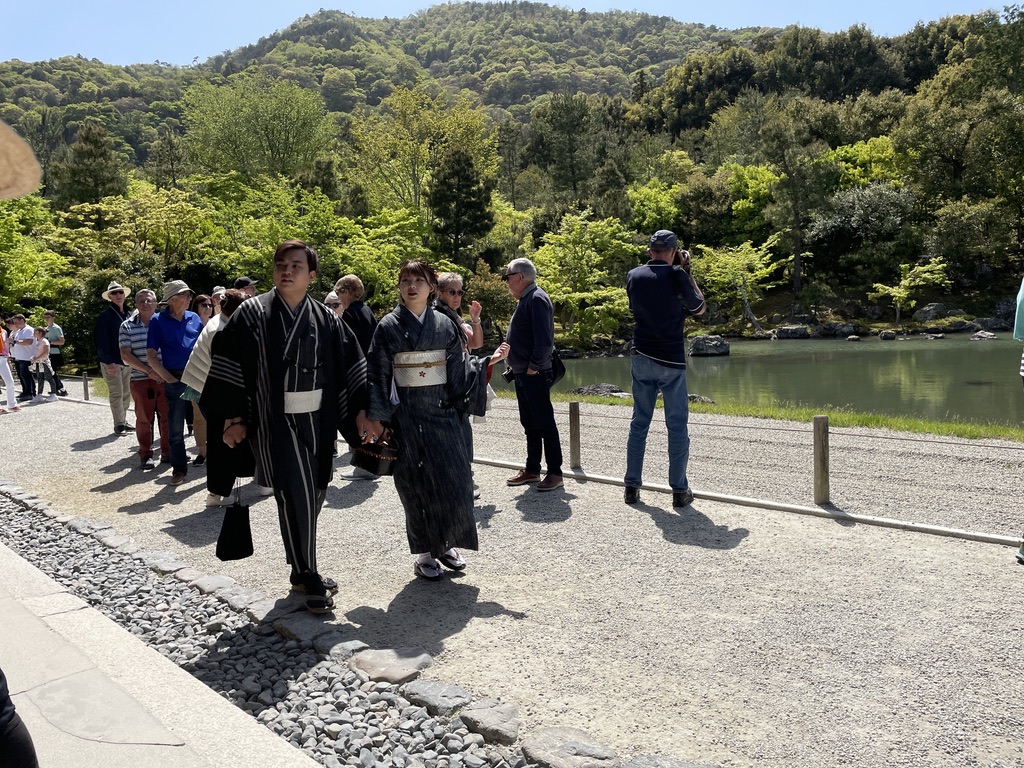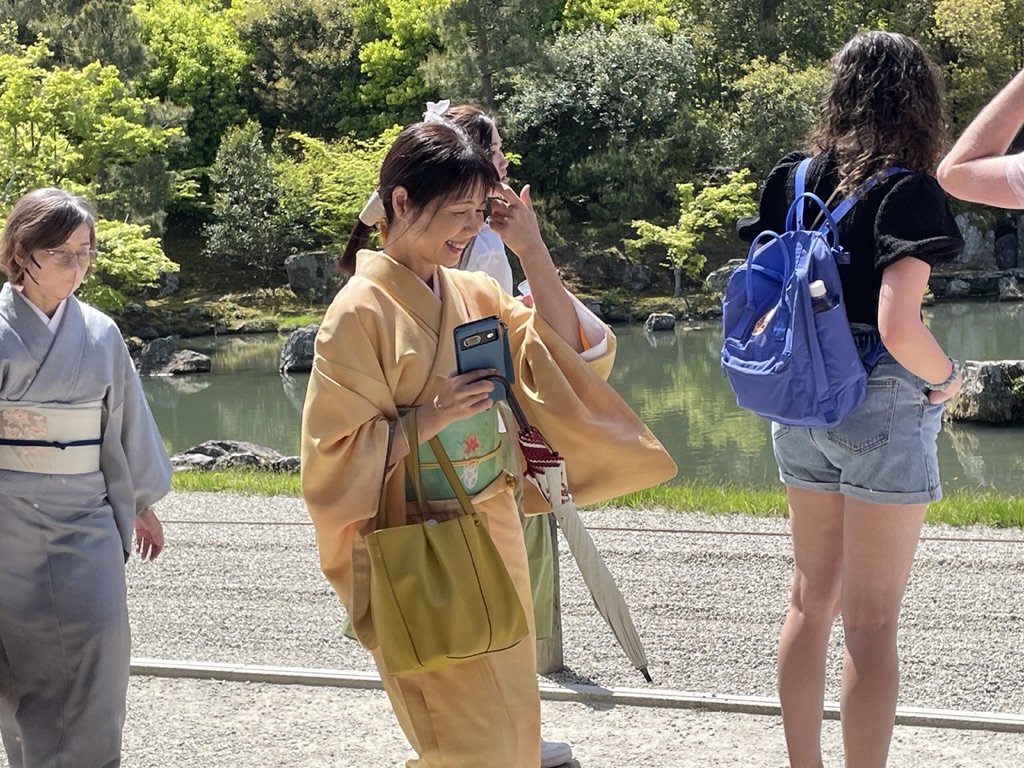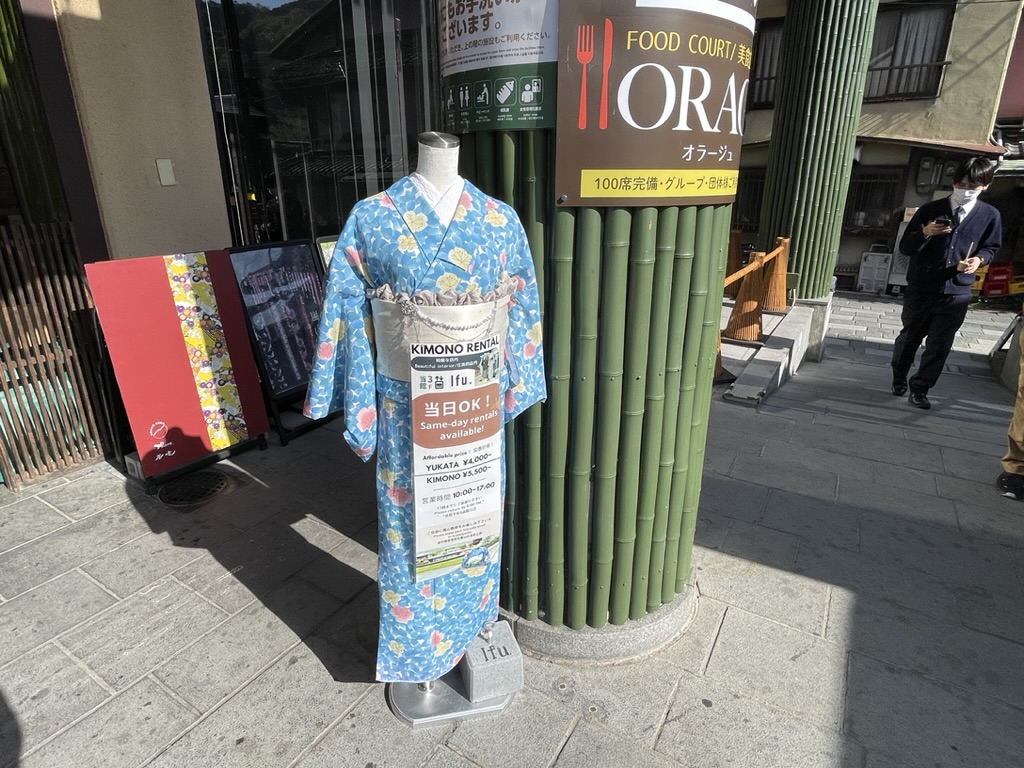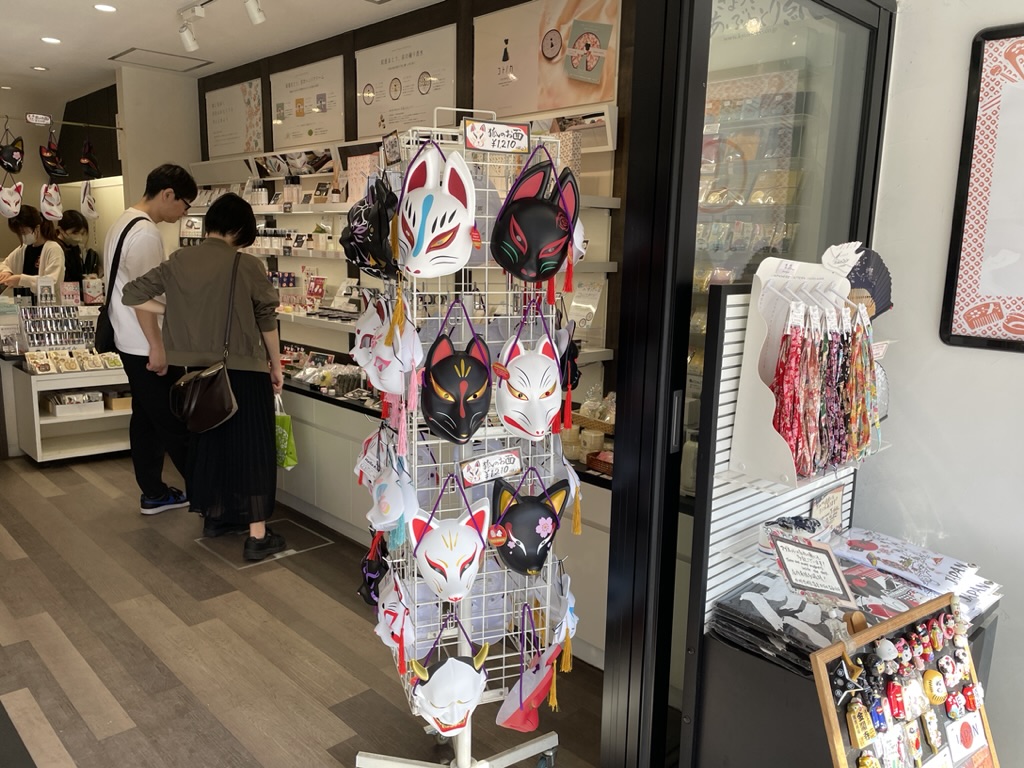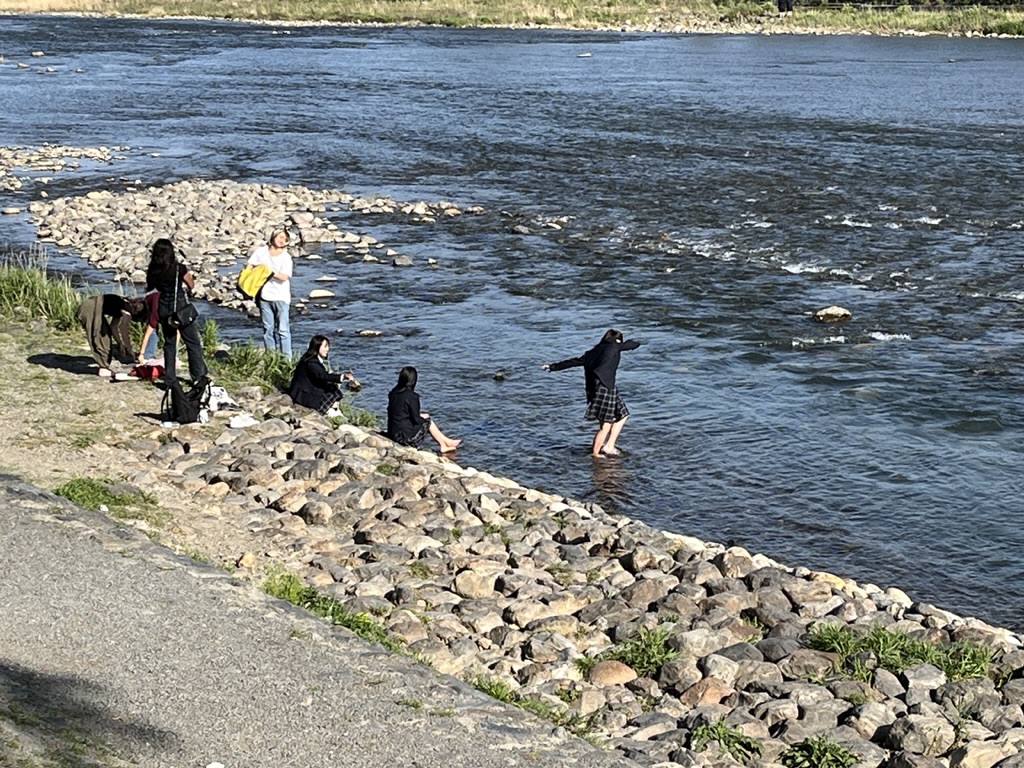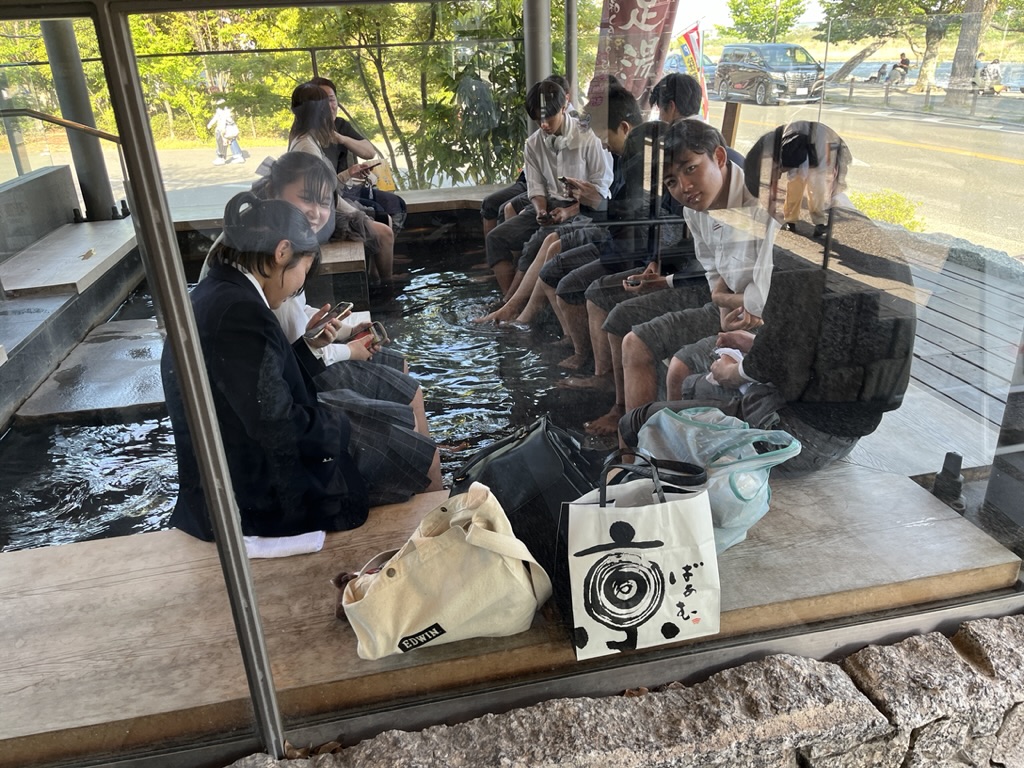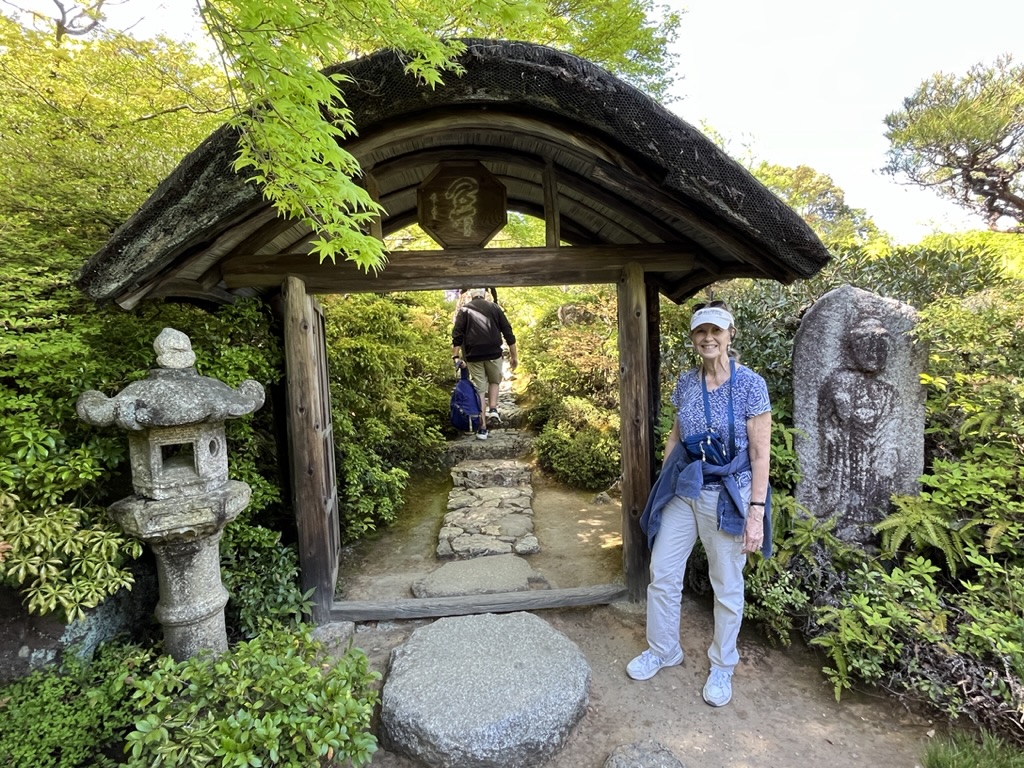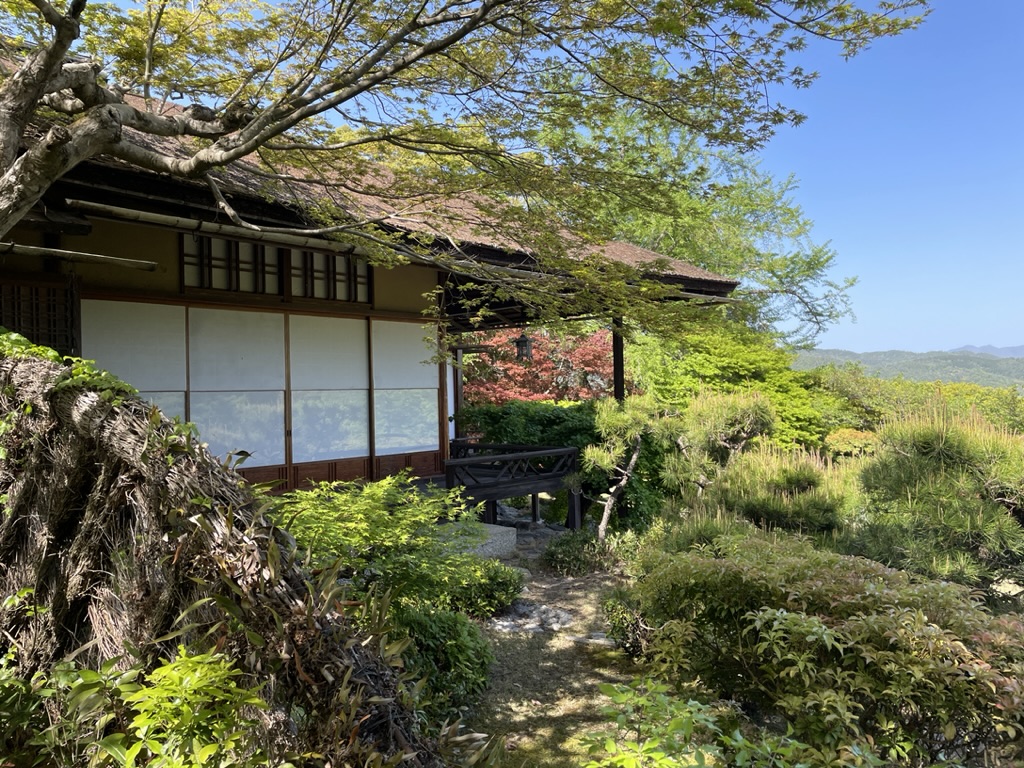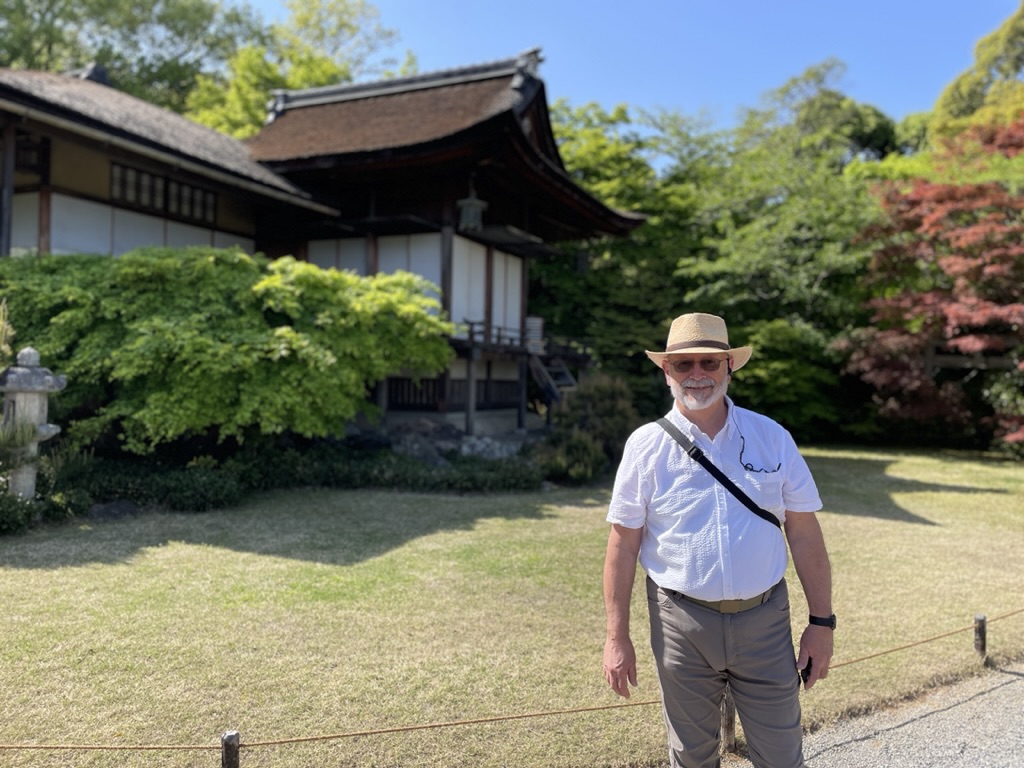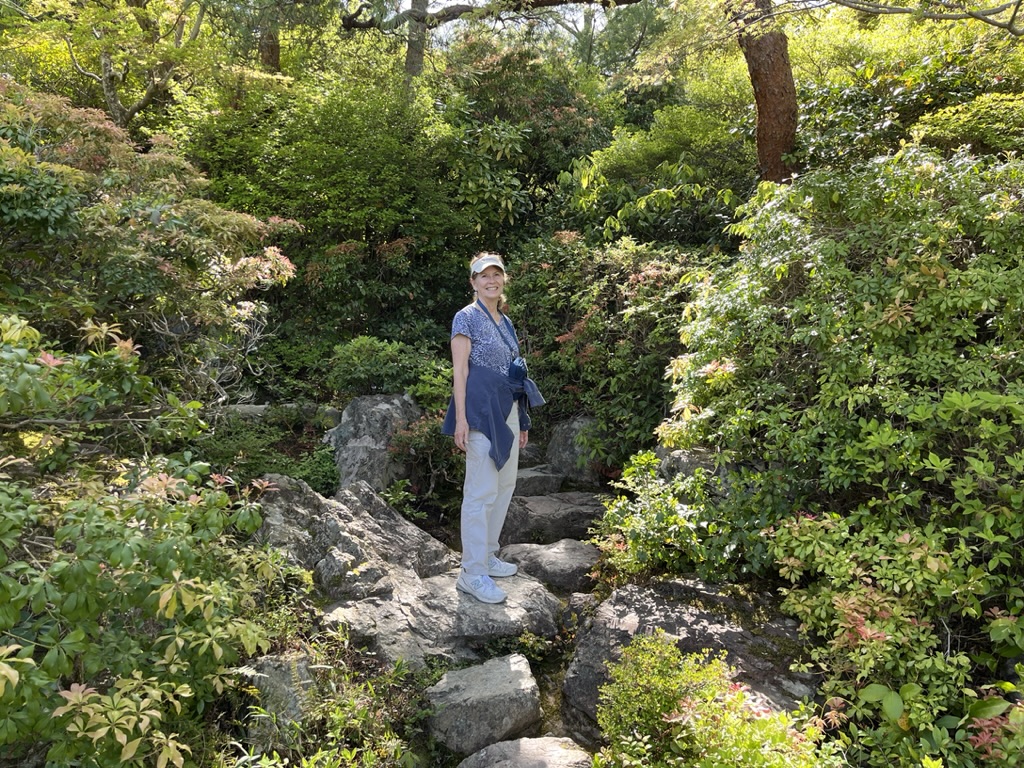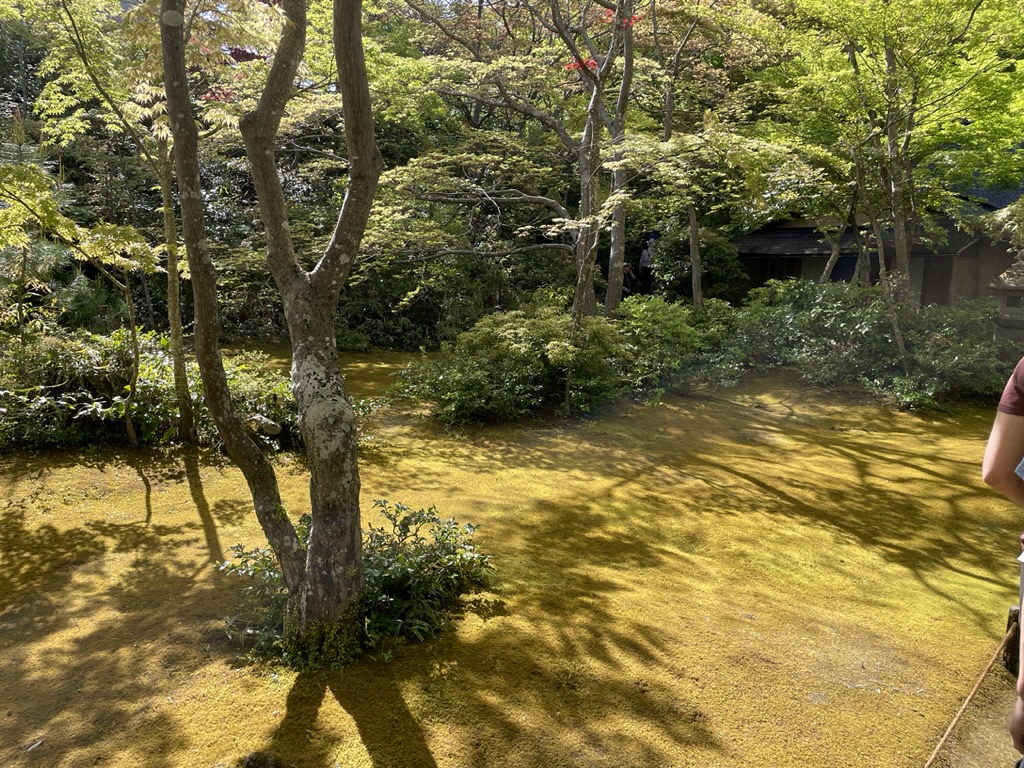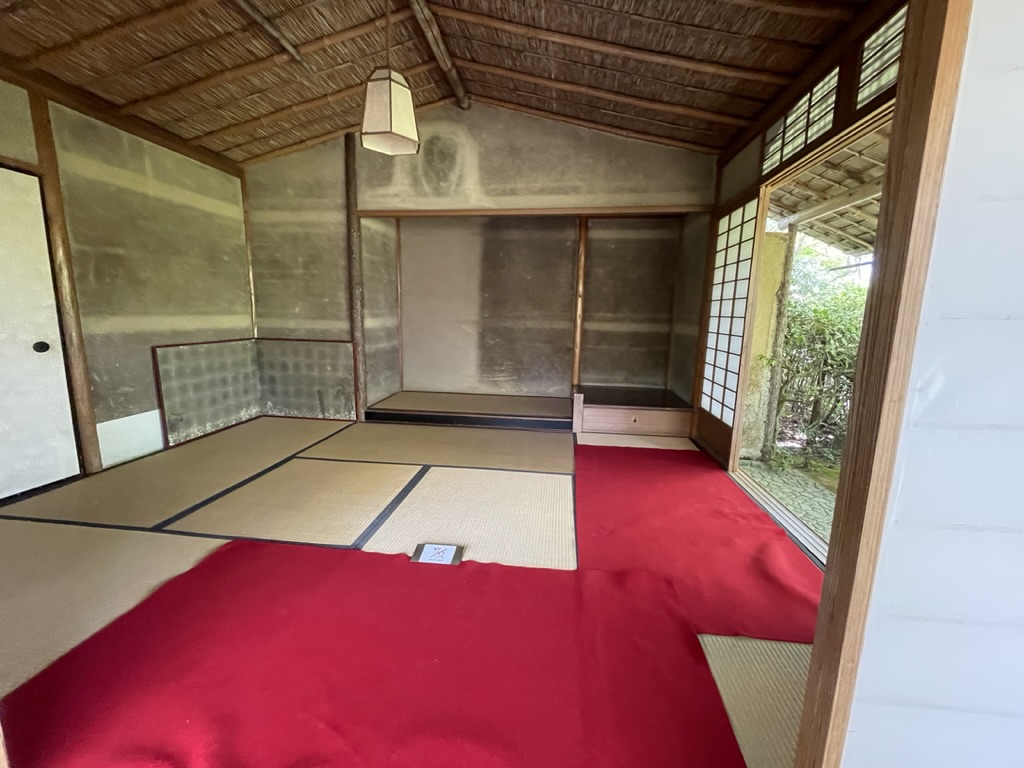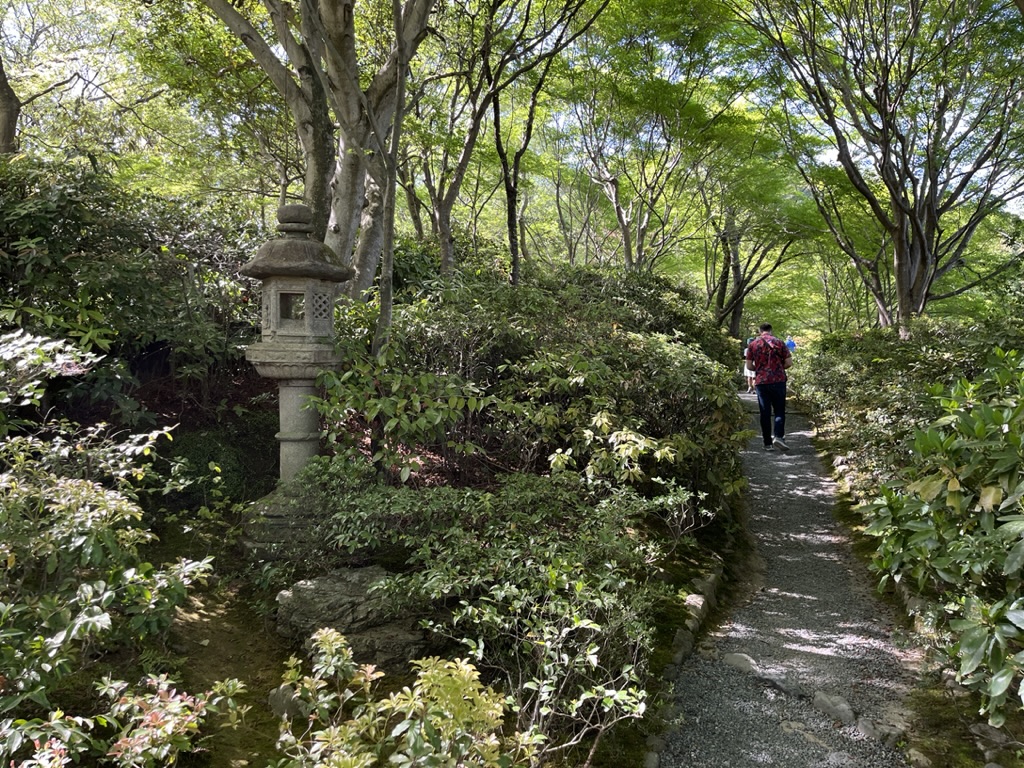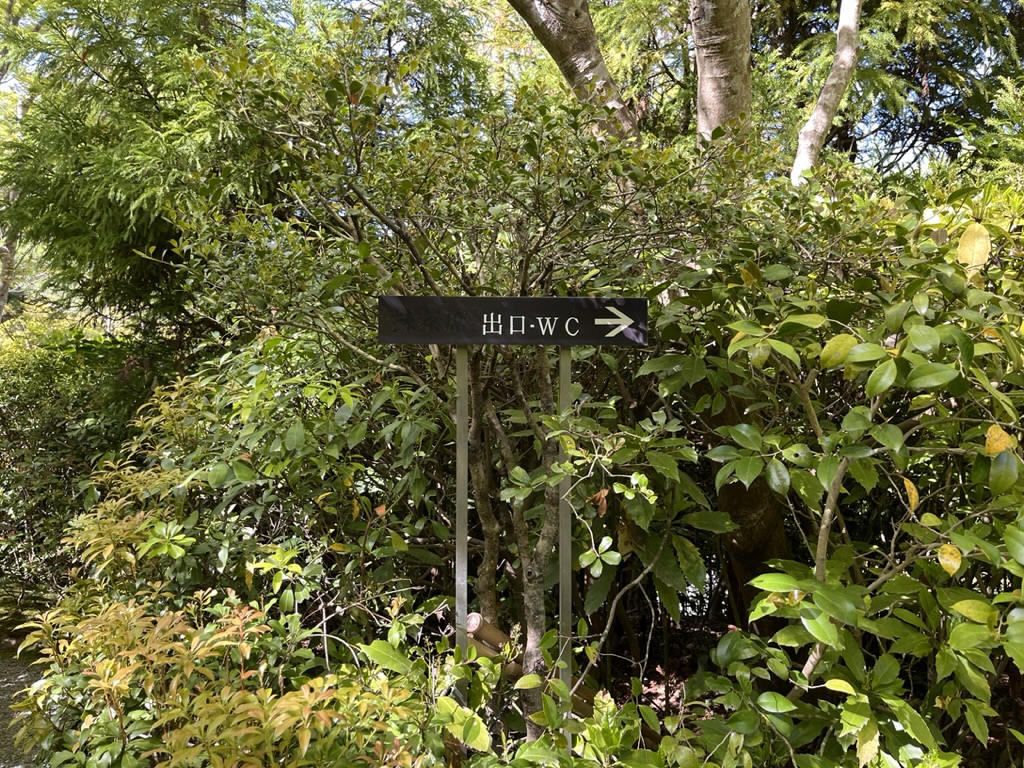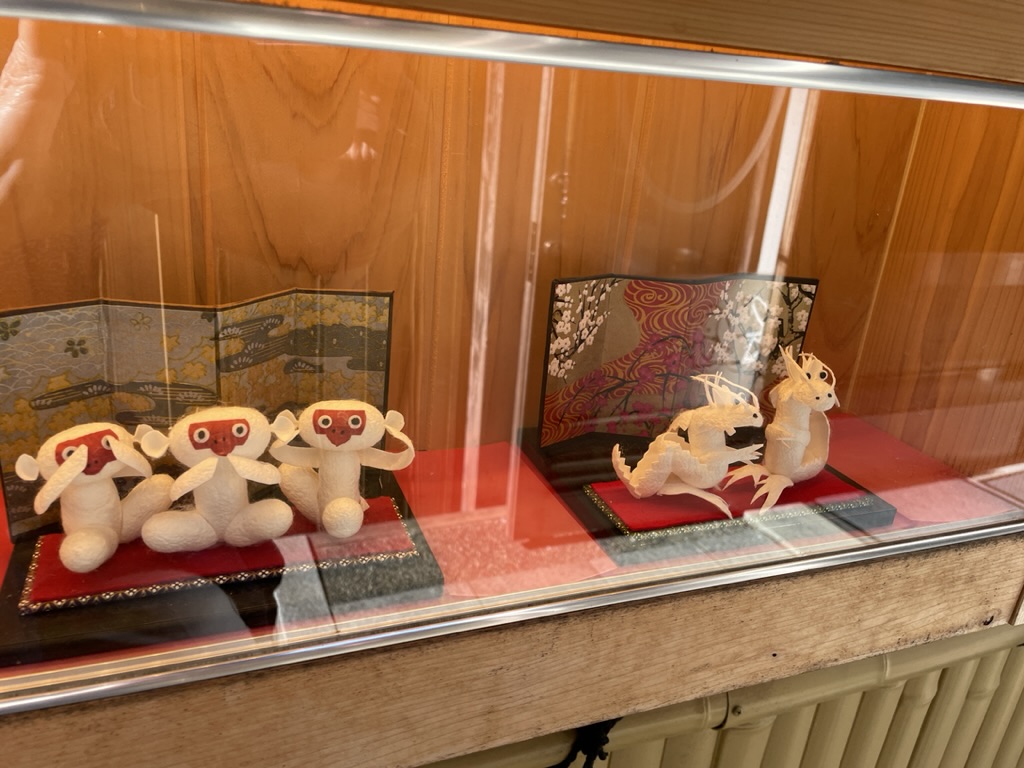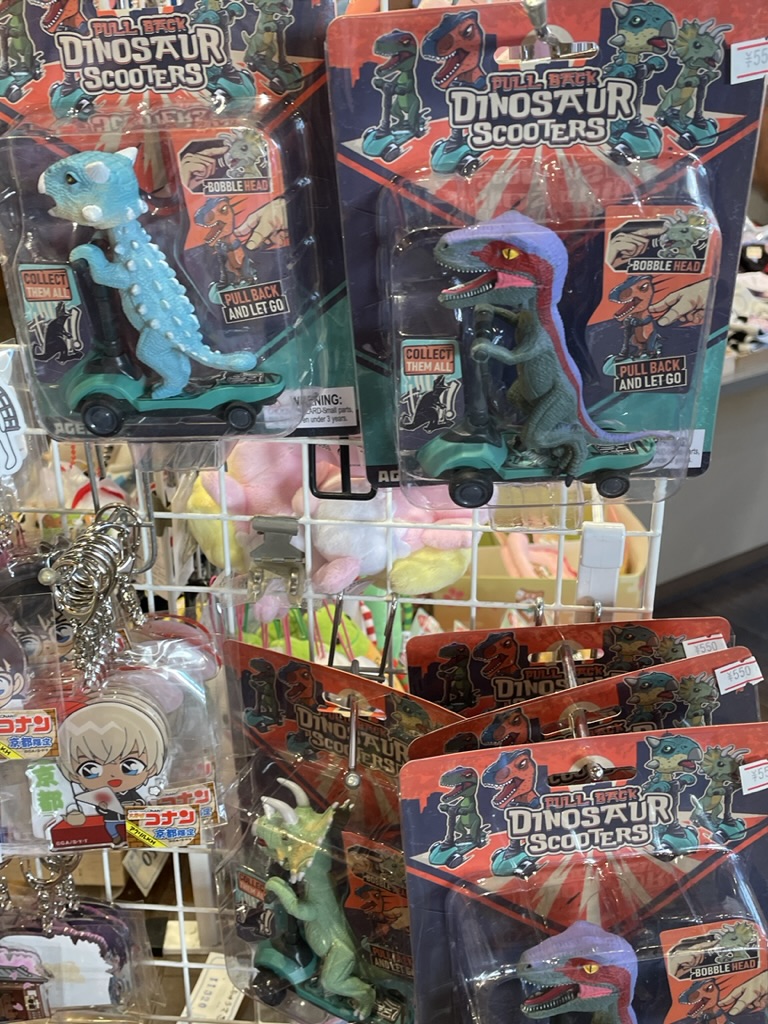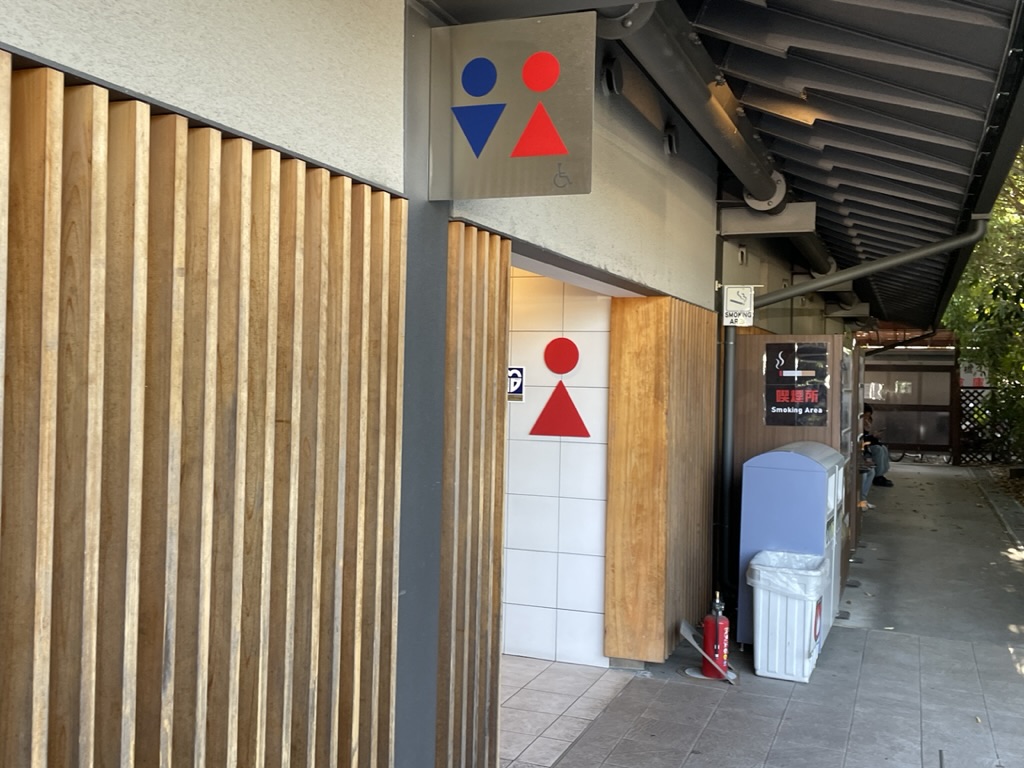Noon Report:
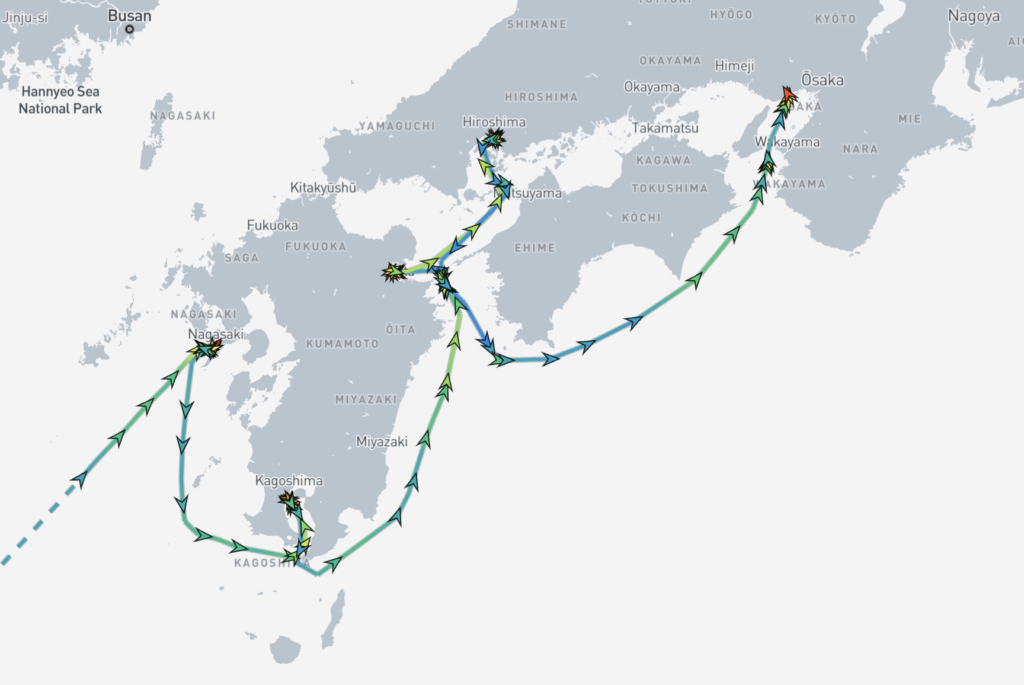
- Location: N 34° 40.83′, E 135° 11.24′
- Speed: Docked
- Course: Docked
- Weather: Sunny
- Sea: Calm
EXCURSION: Ancient Kyoto
Today was a long day.
We docked in Kobe but saw very little of the city, opting to take a 9 hour excursion to Kyoto instead.
Our bus left the port at 9:30 which put us in this ancient capital city in time for lunch.
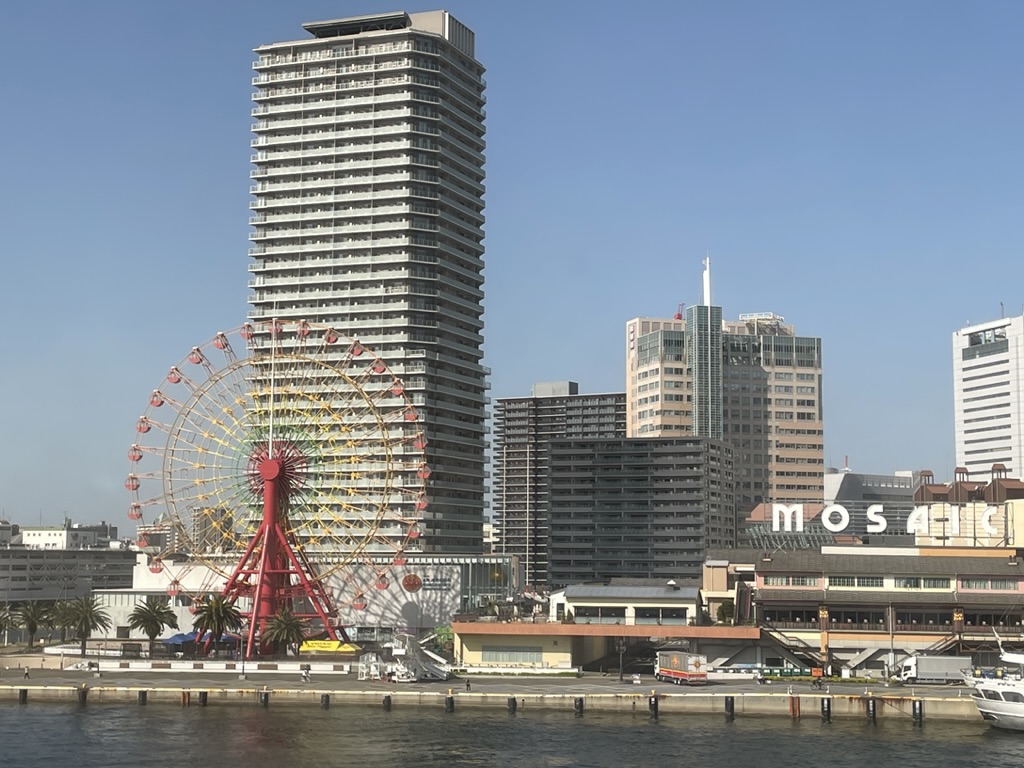
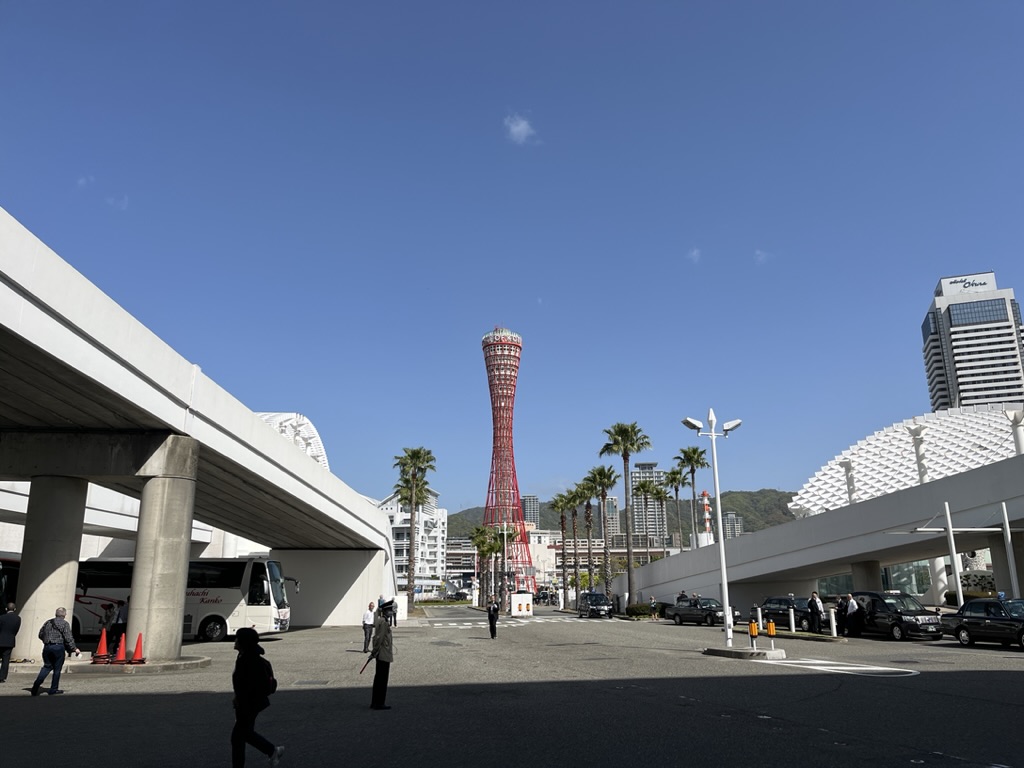
Lunch was served at the Tenryu-ji Zen Temple. It was a traditional Zen Buddhist vegetarian meal served in as close to traditional style as we could manage.
Castle Garden
Leaving the dining building we moved to the temple gardens. The gardens which date to the time of the temple’s founding in the 14th century are one of the oldest in Japan.
Bamboo Forest
Our next stop was the “Bamboo Forest” and Okochi Sanso Garden. So we were back on the bus for a short trip that would have been much faster if we had walked.
The Crowd
So this is as good a time as any to talk about the crowds, and the students.
The area was awash in school uniforms. As the ancient capital Kyoto is an important tourist attraction and an area of great interest and history, students on school trips were everywhere. And since it was a bright sunny Friday everyone else was everywhere as well.
And sometimes the best way to get around is to let someone else do the driving.
Back to the bamboo
Along the way we passed a Buddhist cemetery.
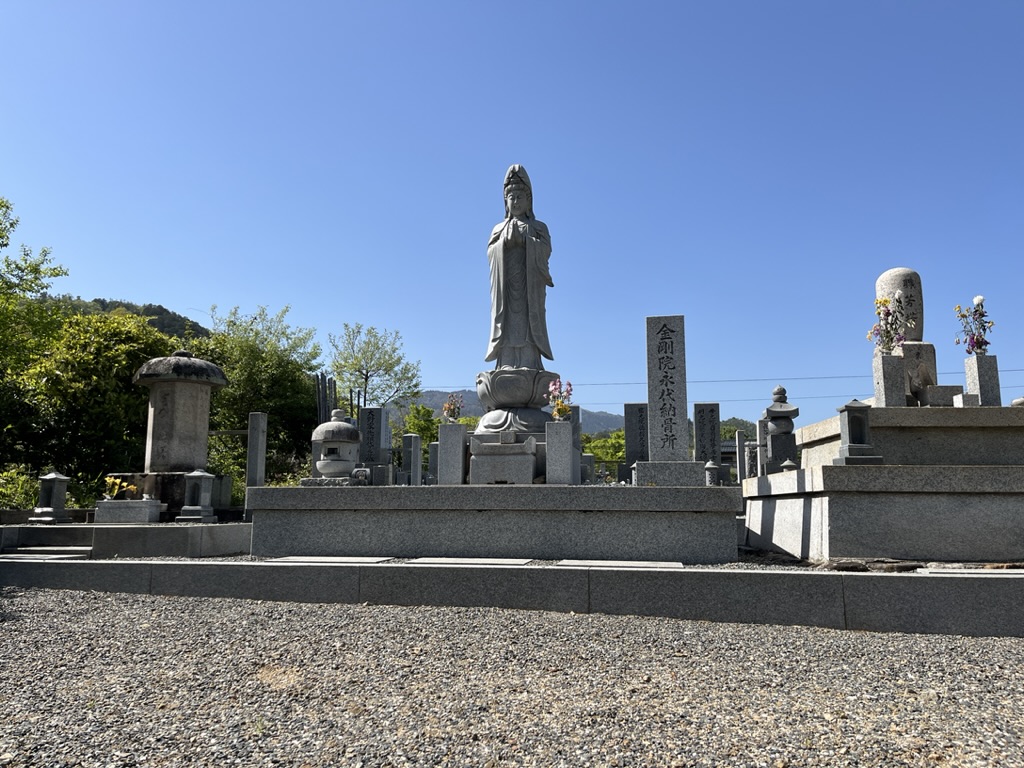
Half-way up the trail we stopped at a shrine
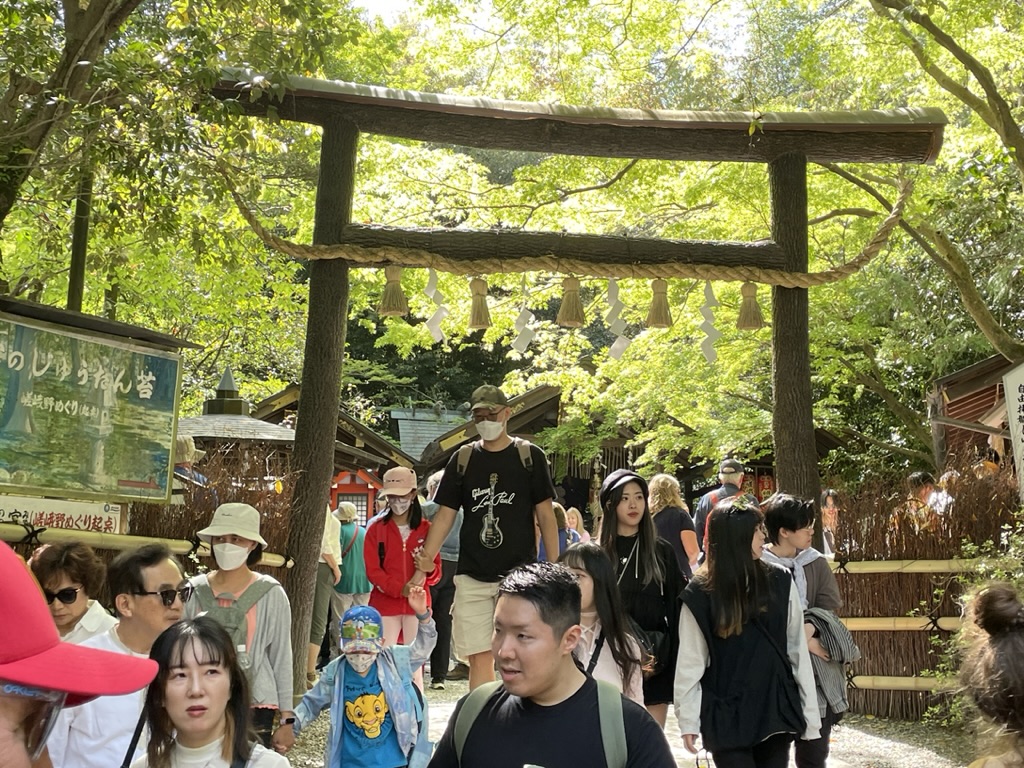
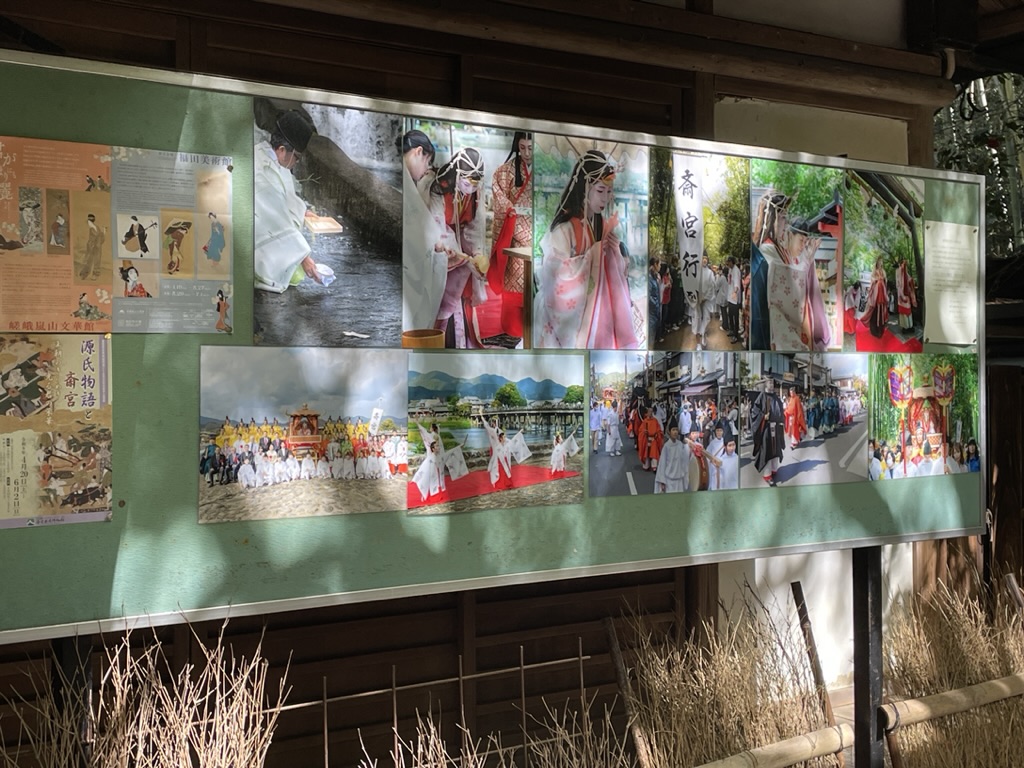
Hilltop Retreat
Eventually we got to the top of the trail and entered the Okochi Sanso Garden.
This was the private villa of silent-film era actor Okochi Denjiro. He constructed the garden over a 30 year period until his death in 1962.
We wandered (actually arrows directed our wandering) and soaked up the views and the tranquility that was such a contrast to the mayhem in the town below.
Shopping Time
But a person can only take so much tranquility when shopping is calling.
So it was back down the trail to do a bit of targeted shopping.
Bus Ride
Then it was back on the bus and back to Kobe where we had time before dinner to take in a lecture on earthquakes and tsunamis that we might encounter:
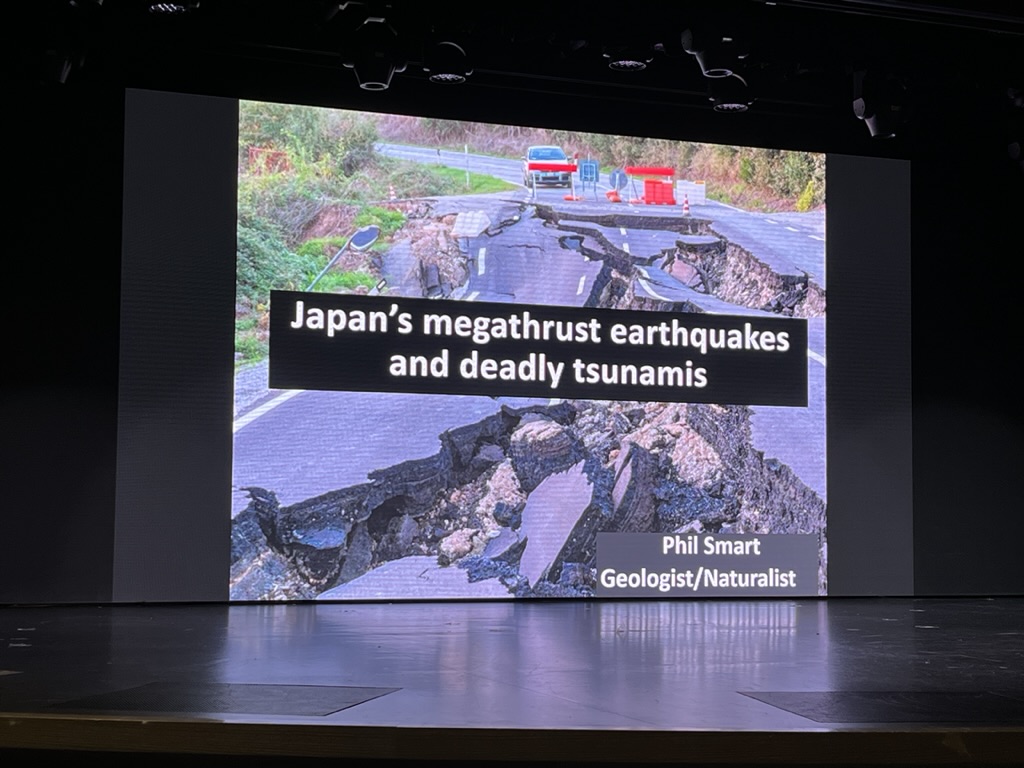
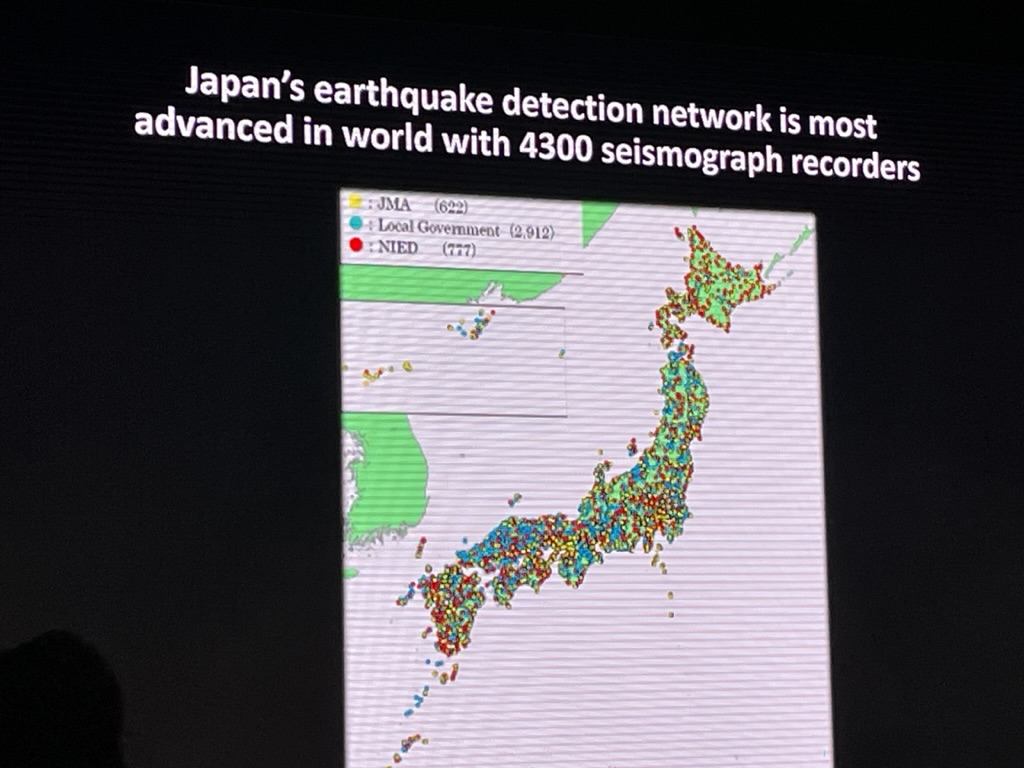
Dinner tonight was beef (as you do in Kobe).
Then it was back to the stateroom to watch the Port Talk on Shimizu and get ready for the next event.
So that’s Kyoto.
Cool, R
Cheryl’s Factoids:
- In the garden pond, the vertical rocks are supposed to imitate the legend of a carp jumping up a waterfall to turn into a dragon.
- There were LOTS of people (not only Japanese) wearing traditional kimonos. You could rent them from several enterprising businesses as most Japanese can’t afford a silk kimono (a good one runs from $1,000 to $2,000 US dollars) so they like to rent them for special occasions.
- The climb up the moutainside through the garden was beautiful (the cherry trees are done blooming but all the azaleas, wisteria, rhododendrons and hydrangeas are brilliantly flowering). The climb was often only one person wide stepping on flat topped rocks (could be very slippery if it were raining) and quite steep in several places – I was so glad I wasn’t trying to climb this mountain in zoris like the people in kimonos were wearing.
- The banners that half cover the front entrance to the shops usually have the shop’s name on them and are strung on a pole (usually bamboo). The shop owner puts up the banners when he opens his shop every day and takes them back down when he closes.
- The Japanese symbol for sun is “Ni” and for land is “Hon” (Land of the Rising Sun – therefore they are NiHonese, or Nipponese), but this got a little mangled as it transited through several other languages (the Americans heard it as Yipponese and now say it as Japanese).
- Kyoto is a 2 hour drive from Kobe.
- Kobe beef comes from a genetically different type of cow that has lots of marbling in its meat so that what makes it so tender.
- Buddhism came to Japan in the 6th century – Japan now has 1600 buddhist temples and 300 Shinto shrines. Buddhism became very intertwined with the local Shinto (nature) way of seeing the world and all the creations in it. If you see vermillion painted wooden gates and Guardian Lions, that is the Buddhist influence. The Shinto shrines usually have natural stone or wooden gates to mark that you are entering a sacred area – also you do not walk through the center of the gates (that is reserved for the gods), you are supposed to walk on either side through the gate.
- The Shinto shrine above Kyoto is supposed to be where girls go to pray wanting to know who they will marry – we saw several couples dressed up in kimonos and pulled by a riskshaw up to the shrine to get a picture there, either as a engagement or wedding announcement.
- At the cemetary most gravestones are for the entire family unit – not individual graves. All the ashes of all the members of the family are interred together and this is where the family goes to celebrate and remember their ancestors. Only the buddhist priest gets a gravestone of his own.
- The Fukushima earthquake that destroyed the nuclear energy plant in 2011 was a 9.1 – the most severe earthquake ever felt here. The big earthquake that hit Chile several years ago sent giant tsunami waves clear across the Pacific ocean – 2 days later these waves hit Japan.
- This was the first time Viking has been to Kobe. As we were leaving that evening, the ferris wheel at the port lit up with a message in the center that repeated until our ship was out of the bay “Welcome Viking Orion – Bon Voyage” (most ports just have music playing and people waving goodbye to us).
